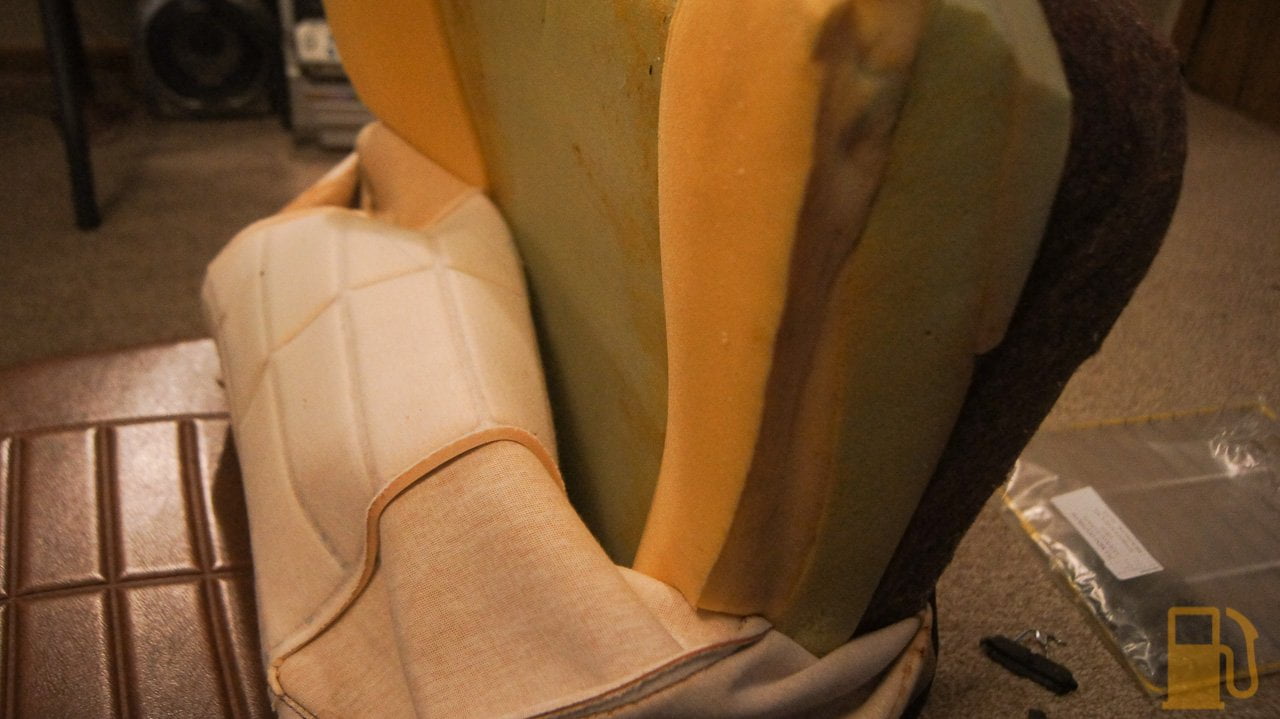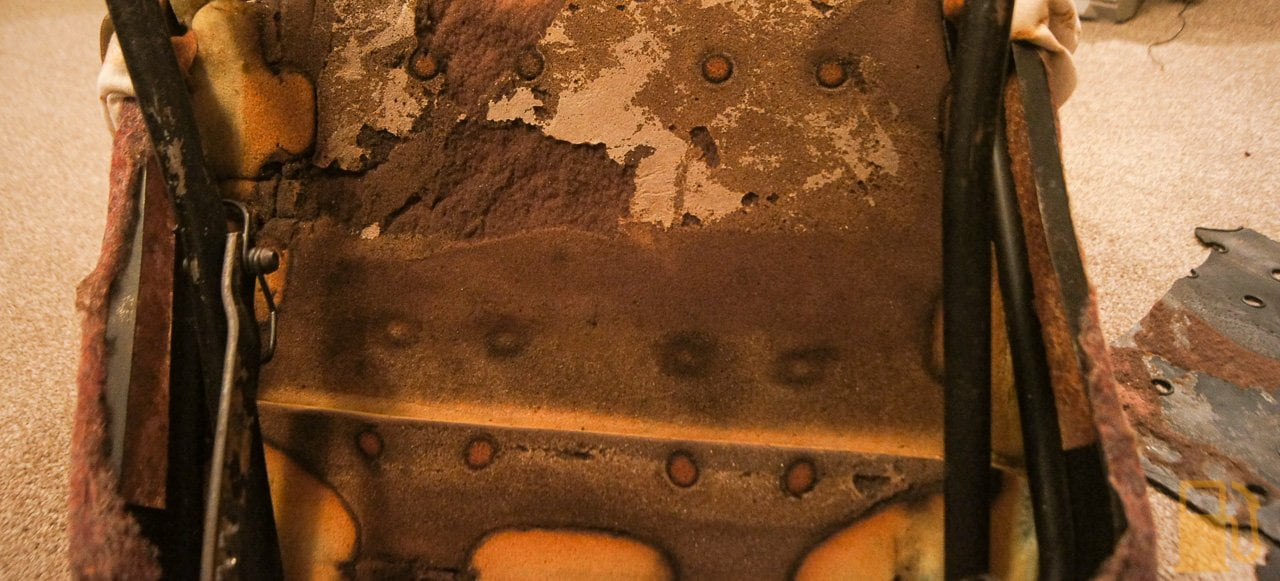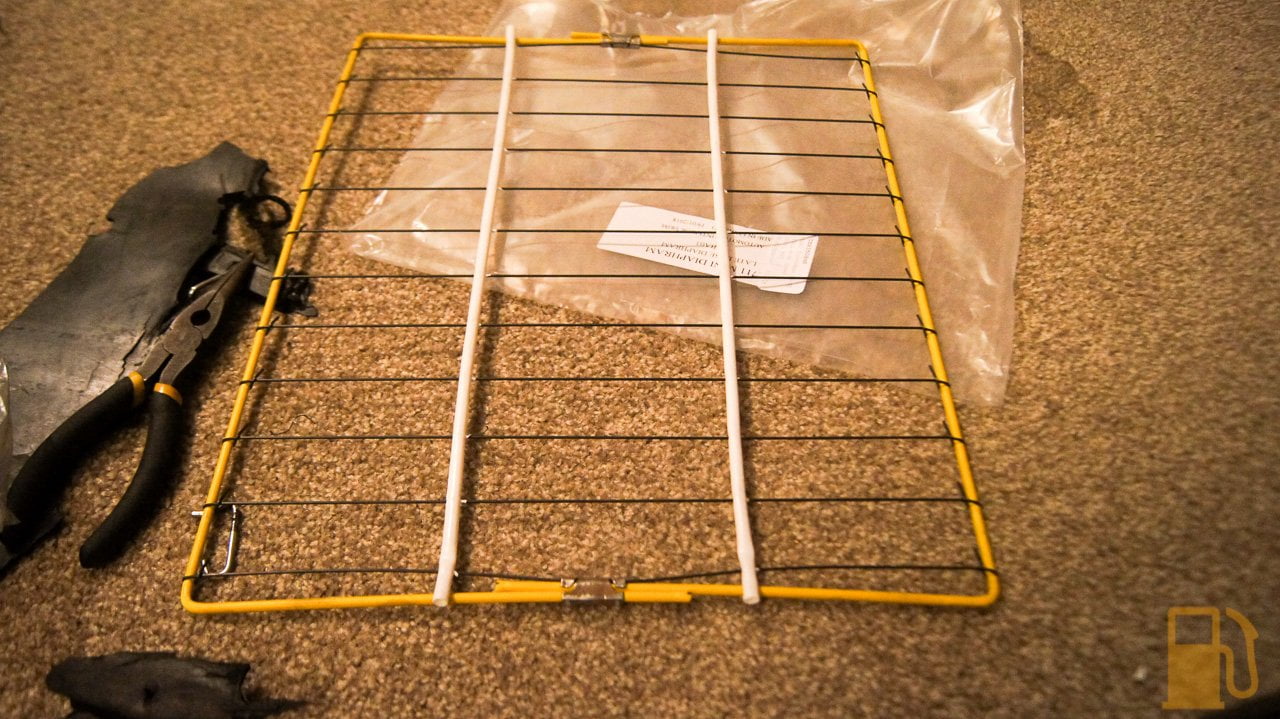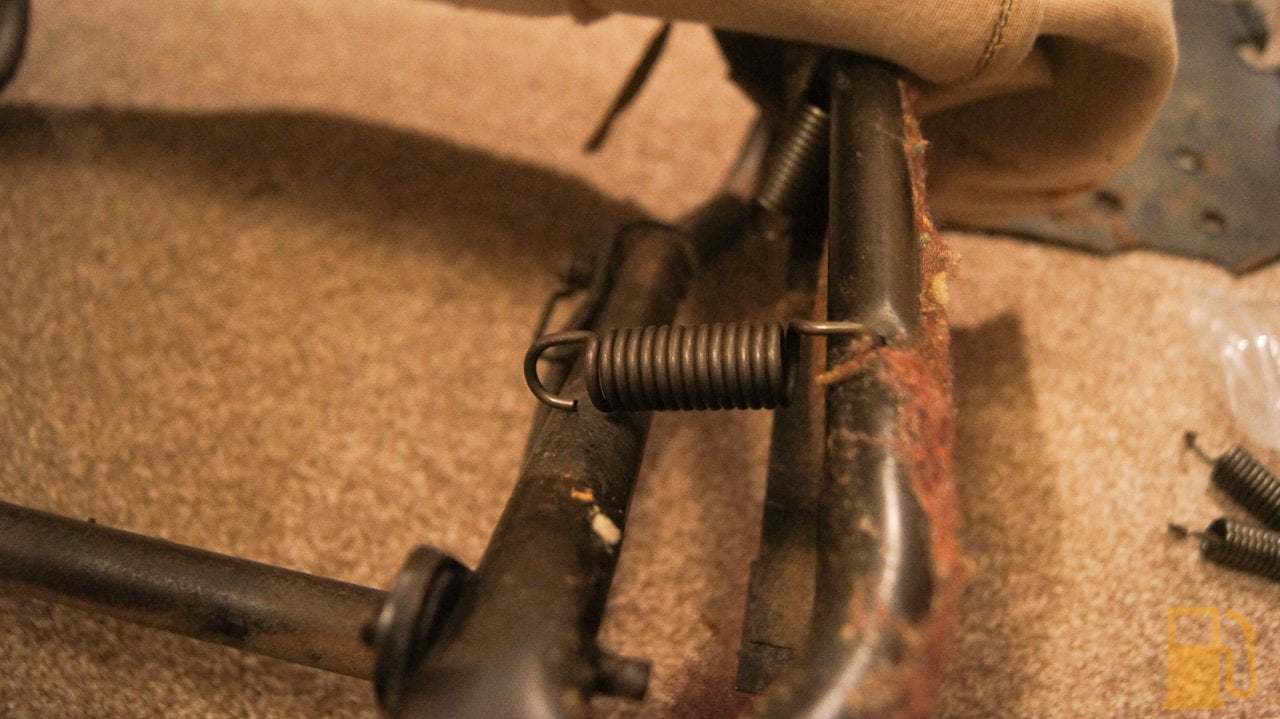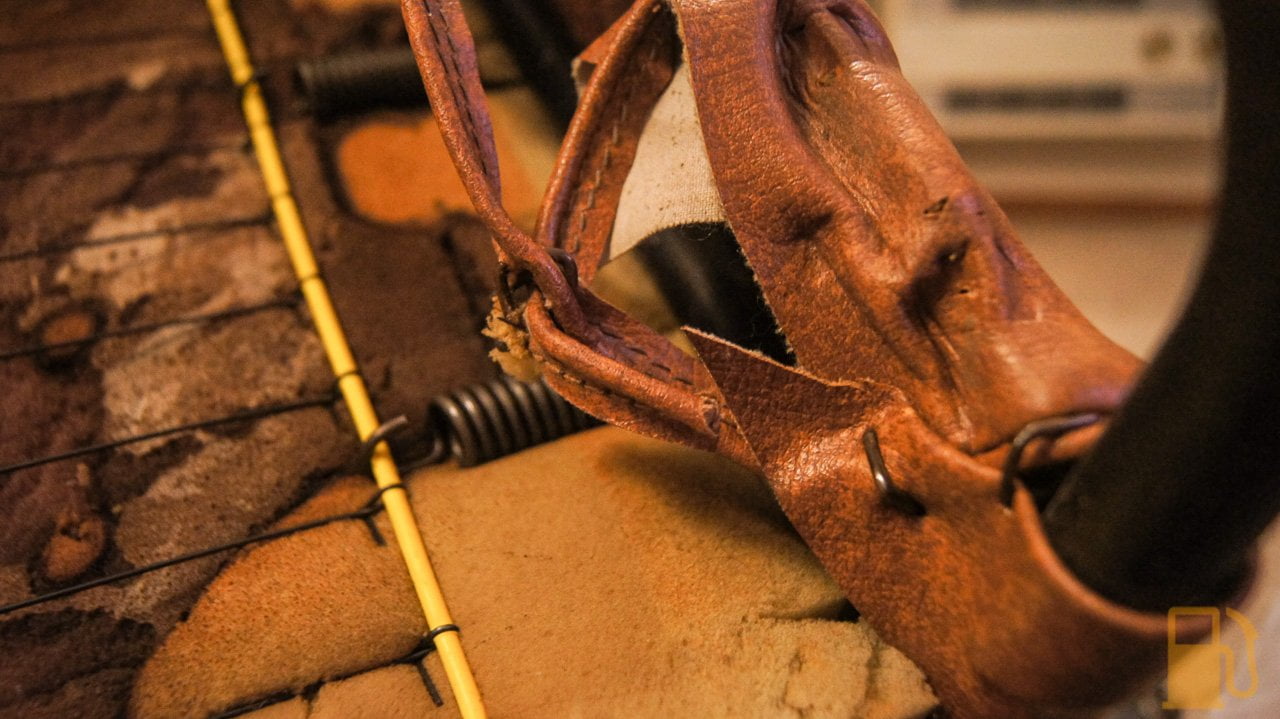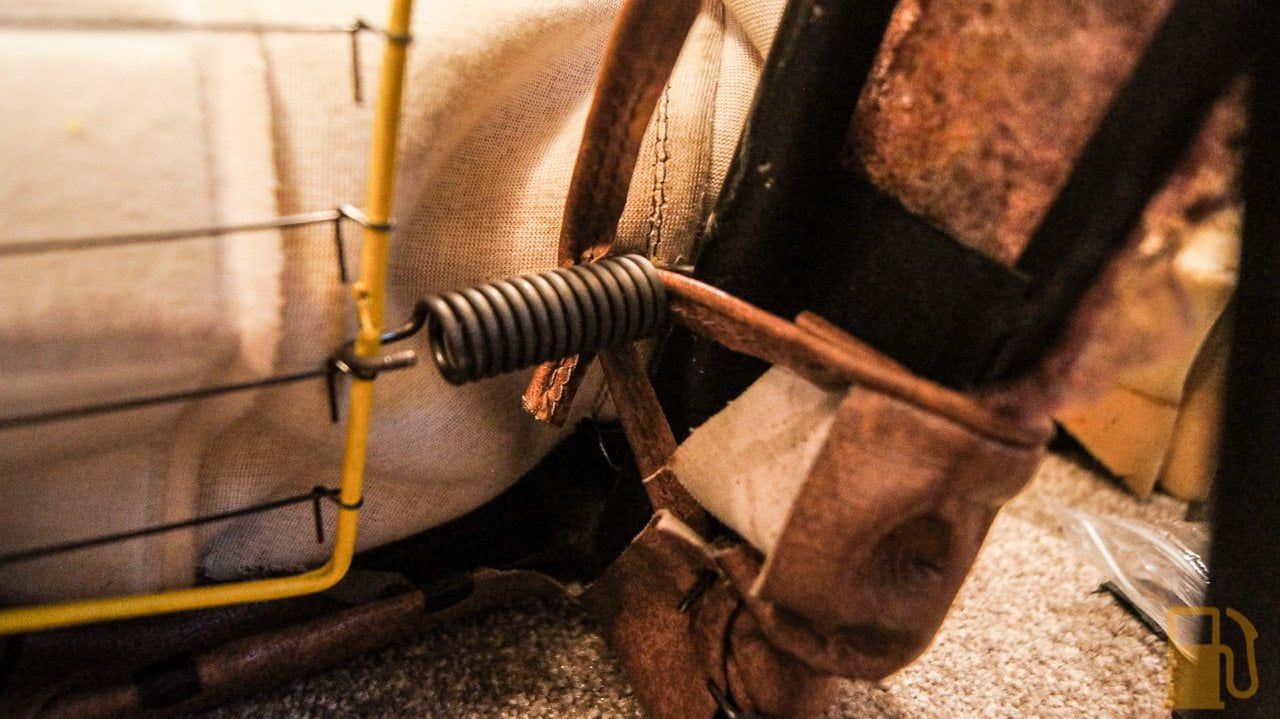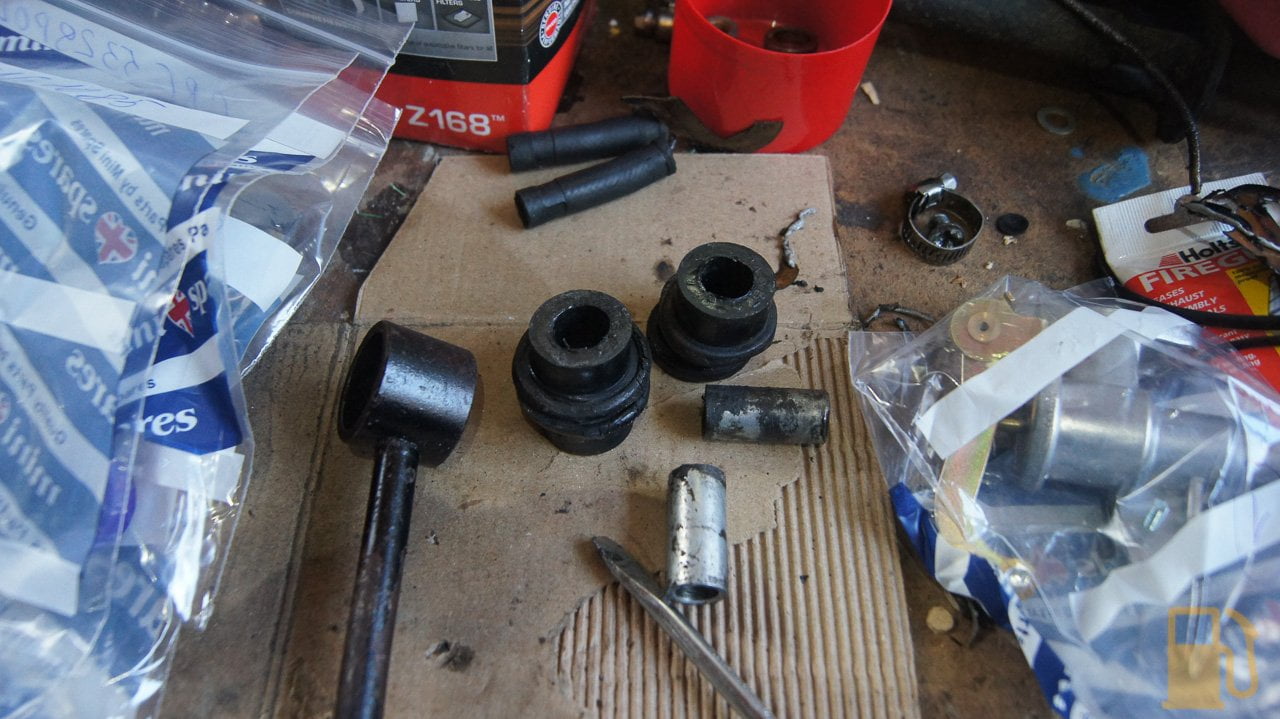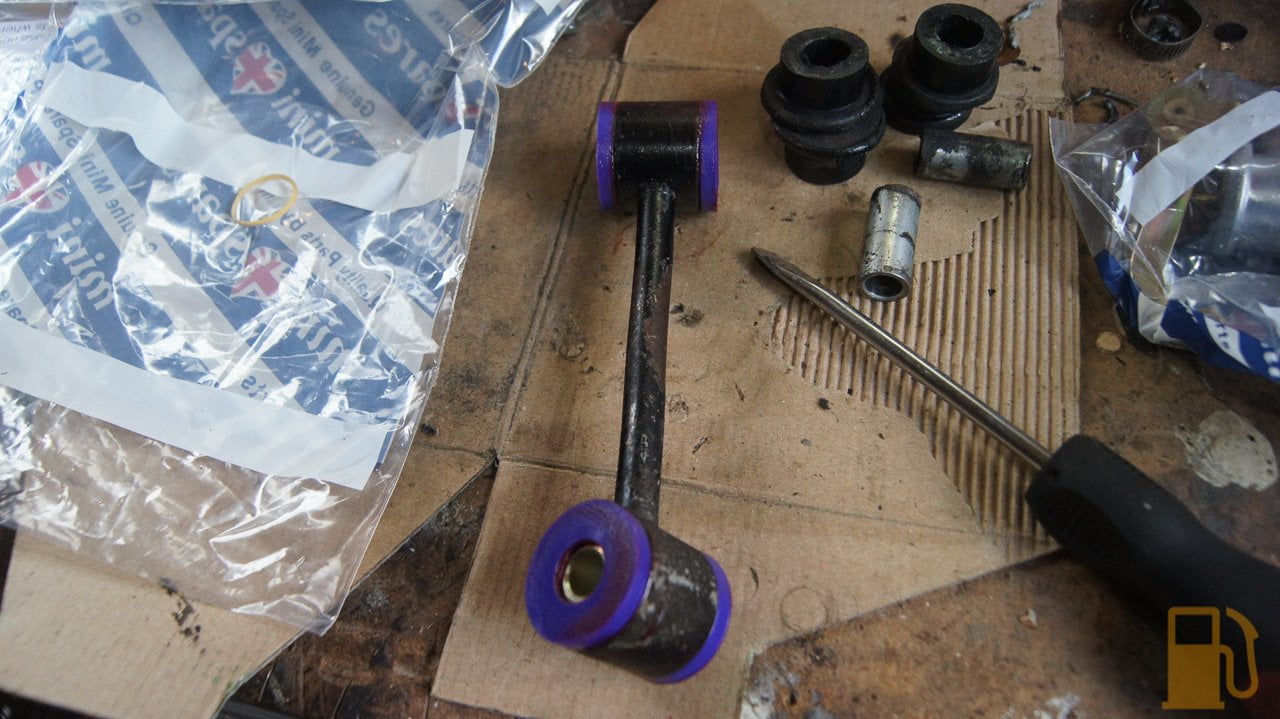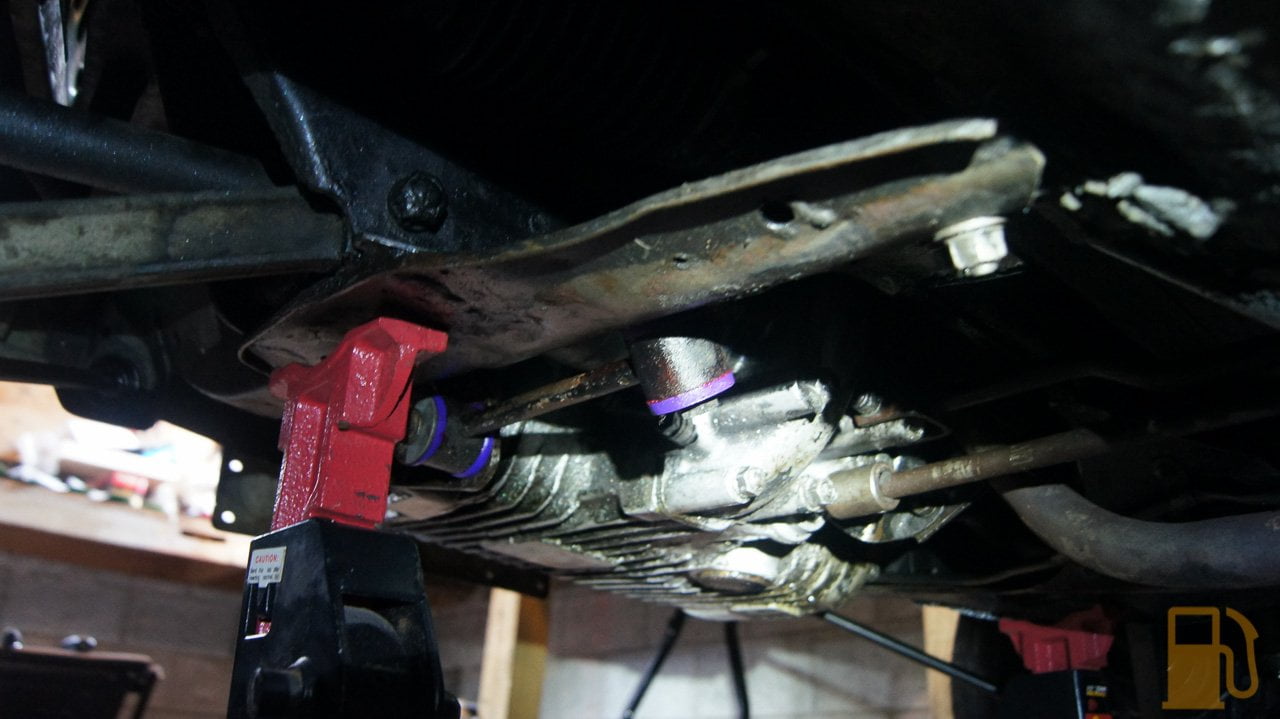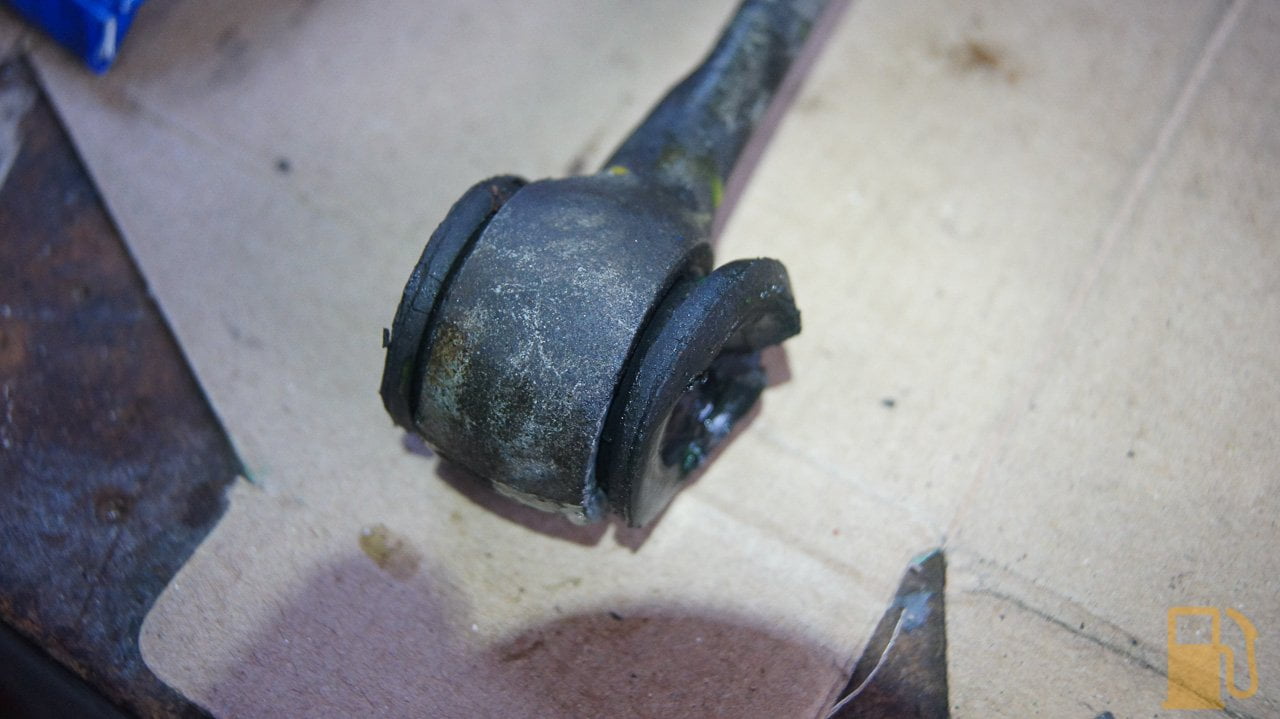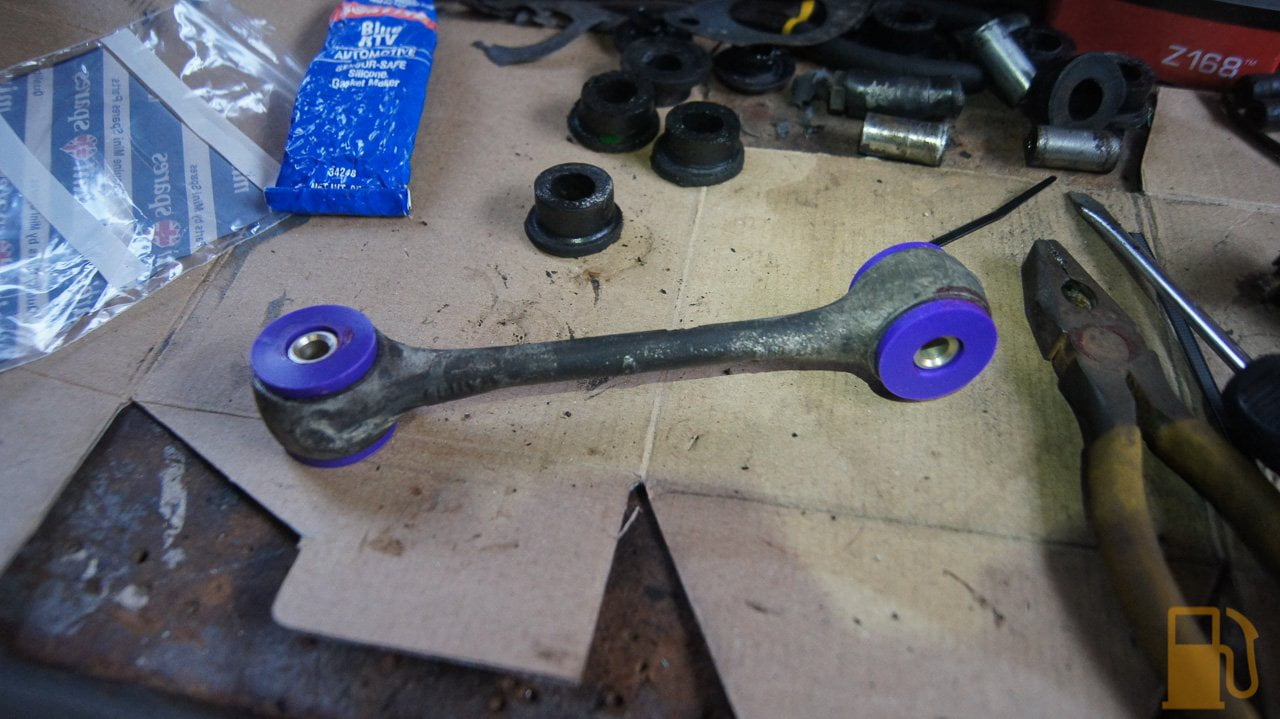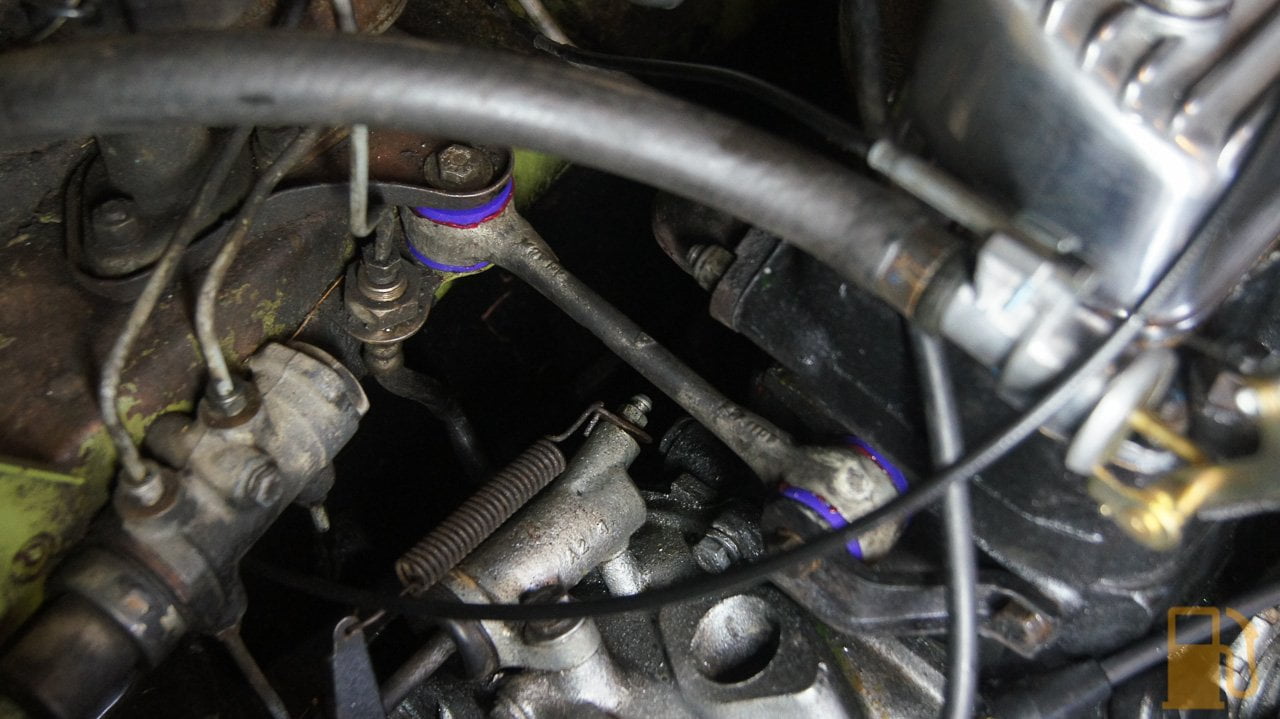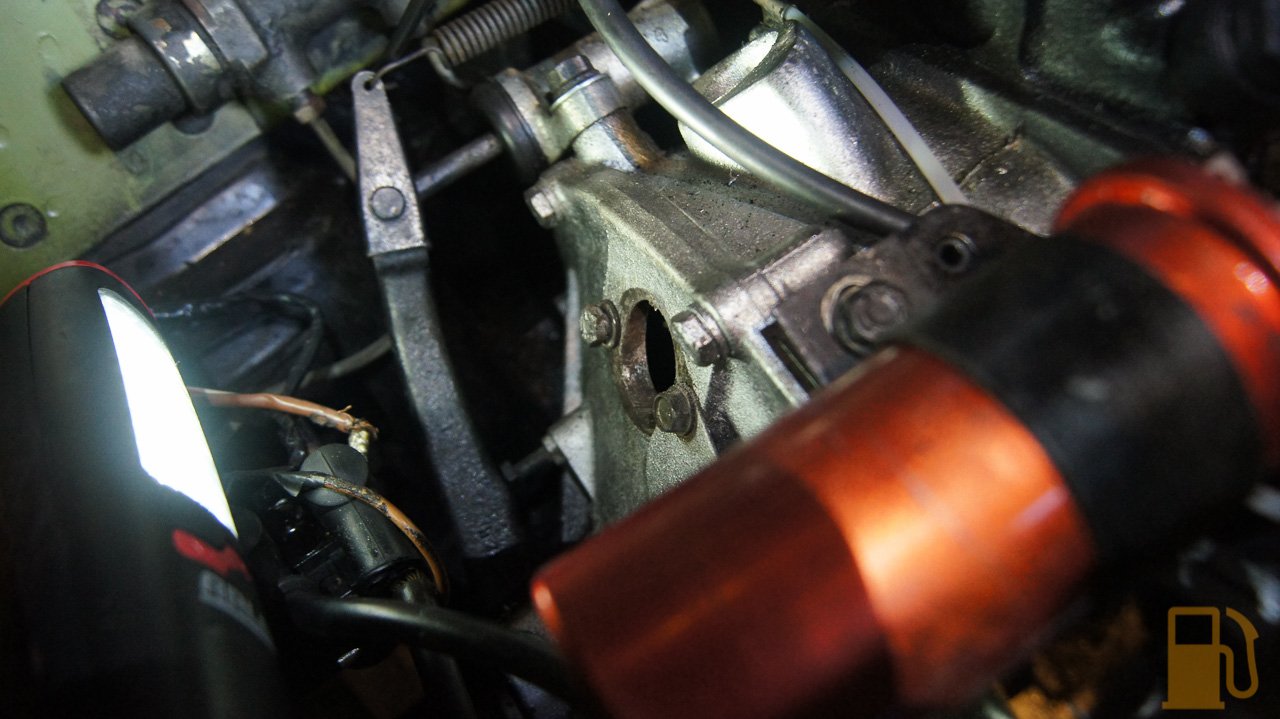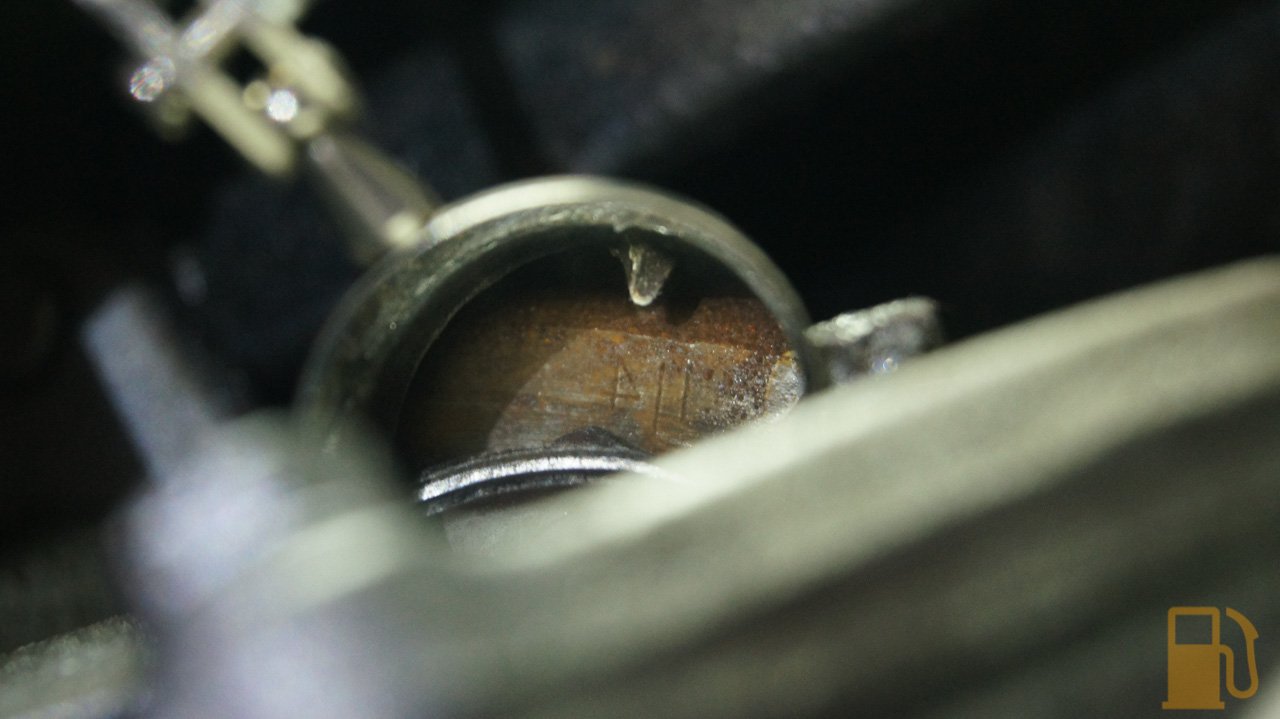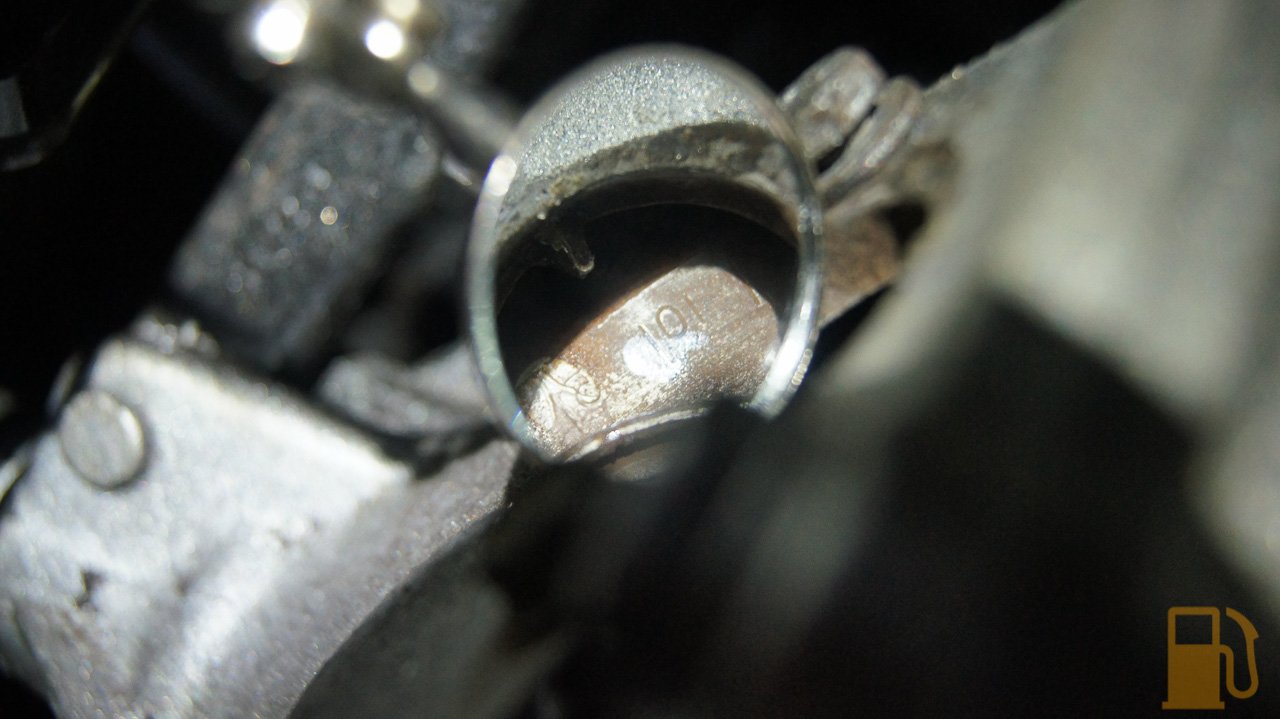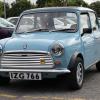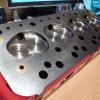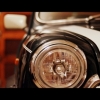Parts arrived! Woooo!
Theres nothing like a big box of parts, and it was certainly a big box
I do love getting new parts, but this also means I can finally start the reassembly of the Mini.
The first task was to finish reassembling the carb. The float bowl gasket went on first
and then I realised I forgot to order a gasket for the inlet of the carb. Oops. This is why I have a sheet of gasket paper though, so I traced the old gasket and made a new one. I fitted the gasket with a thin smear of sealant on each side, just to be sure it seals OK.
Now, before refitting the manifold and carb, I needed to deal with the two potential areas of oil leaks on the back of the engine. First was the tappet chest covers. These are both held on with a single bolt each, through the middle.
The gasket was VERY compressed, far more compressed than it should be for the tiny little torque required to fit them. The bolt sealing rubbers were both hard as plastic and shredded, so that wouldn't be helping.
The plate with the breather on it had a pinched and twisted gasket, and clear signs of oil leaking through the gasket
I thoroughly cleaned and flushed the breather out with brake clean until it ran clear, and then cleaned the covers and fitted new gaskets.
I wanted to make sure these were fitted at the correct torque, so that the gaskets didn't get crushed. I have a little digital torque wrench thing for jobs like this, so put it to good use. The Torque setting in the book is about 4.7NM, but I chose to round it up to a nice even 5NM.
And on they went
The next potential source of an oil leak was the mechanical fuel pump. Two nuts, and a hose clamp saw that removed. I dare say this may have been the cause of the main leak, as there was no gasket fitted between the spacer and the fuel pump, and the sealant really had not worked as expected.
I thoroughly cleaned the pump and spacer, and using a small smear of sealant fit a gasket to each side of the spacer
When refitting the outlet pipe though I noticed some worrying cracks in the hoses. I made a quick dash to Supercheap and got some new hose to replace these
With those sorted it was time to refit the cleaned up manifold. I slipped a new gasket on the studs
Smeared a small amount of exhaust sealant on the exhaust flanges (there was some slight pitting, so wanted to make sure the gasket had the best chance of sealing), slathered sealant on the downpipe flange
And carefully refitted the manifold, torquing the nuts correctly as I went. I'll tell you what though, refitting the downpipe to manifold clamp was a real pain.
On went the freshly cleaned carb, with its gasket sandwich and spacer. Also note the fuel filter, which was soon removed. I just couldn't get the fuel pipe to line up nicely with the filter on there, and the pipe kept contacting the exhaust, which is no good. I may fit it under the car on the tank outlet instead.
Here it is with the fuel plumbed back up normally, and the reinstated breather (using old and useless for fuel, fuel hose). I know the heater hose "adaptor" to the breather isn't the best, but hell, why does it step up so much from one end of the hose to the other? Silly BLMC.
With the inlet and exhaust sorted, I moved to the next little task to do. Refreshing the ignition system. I'm not a huge fan of points, but they will do the job for now. The old ones were showing signs of pitting, so they needed to go
I have new points, condenser, rotor and cap
Replacing the points and condenser is easy, it's literally two screws and then setting the points to the correct gap. I'm glad to see someone has greased and oiled the distributor somewhat recently too.
There it is, all ready for its new leads. They will need to wait a little though, as the spark plugs are currently out so that I can easily rotate the engine for other work.
With more new parts to fit, I kept cracking on. Next up was a new throttle cable, as the old yellow one that can be seen in some previous photos, was knackered. It still worked, but the outer sleeve was broken in multiple places. To replace the cable I unbolted the throttle pedal from the floor, as its only two bolts. Interestingly there was another random wire attached to one of the studs. This wire, like the rest, went nowhere.
I did find what I think are my actual reverse light wires though, tucked up under the dash behind the carpet. I'll need to test these, and hook them up again at some point. I'm getting pretty close to everything actually working on this little car. Pretty impressive considering a couple of weeks ago nothing worked... oh, and Lucas.
The new throttle cable was a piece of cake to fit. It made a nice difference to the engine bay visuals, not having that ugly yellow thing running across the engine. Spot the new cable.
The final job for the day was to remove the old, warped rocker cover, and check the valve clearances.
Stevestonmotorco on YouTube has a great video on how to set the valve clearances, using the Rule of Nines. The Rule of Nines means that you look at which valve is completely open, and then use what ever other valve combined with the open one equals nine. So for example, if valve 8 was completely open (the valve spring is fully compressed) then you would adjust valve number 1, as 8 + 1 = 9. 5 (Open) + 4 (Adjust) = 9 and so on.
Because you need to turn the engine over to open and close valves, you will need to remove the spark plugs to make it easier (not fighting compression). I also found that if you jack one side of the car up just enough to get a front wheel off the ground (I jacked up the LH front wheel), put the car in 4th gear, you can easily turn the engine over by hand by turning the wheel. Because of how small the Mini is, you can even turn the wheel whilst still sitting at the front of the car.
In the interests of knowing the car, and how well it hasn't been maintained, I took note of each valve clearance before I adjusted them. The results were... interesting.
Valve clearances should be set to "12 thou", or 0.012"/0.30mm. These are the results I obtained (ignore the missing zeros in the figures on paper)
Cylinders 1,2,5,7 and 8 were all about 0.009". Cylinder 3 was 0.007". Cylinders 4 and 6 were LESS THAN 0.006", but I didn't have a smaller feeler gauge than that.
Needless to say it wasn't good. I'm glad I checked them. Resetting the clearances is easy on these engines. Loosen off the locknut with a spanner, turn the screw to adjust the clearance with a screwdriver until the correct feeler gauge has a slight drag (with downwards pressure on the screwdriver applied), and then nip the nut back up tight again (whilst holding the screwdriver to stop the screw turning).
I went over all of the cylinders once, and then spun the engine over and then checked them all again. I did note a little more drag than expected from two cylinders, so adjusted them again and its all good. It will be interesting to see how the engine runs now, hopefully it makes a difference. Just need to fit my flash new rocker cover and we'll be sorted there.
I still have more work to do on the car, and should have another update in the next day or so. I'm hoping to get the welding on the hand brake out of the way tomorrow and then I can reassemble the interior.
![]()
![]()








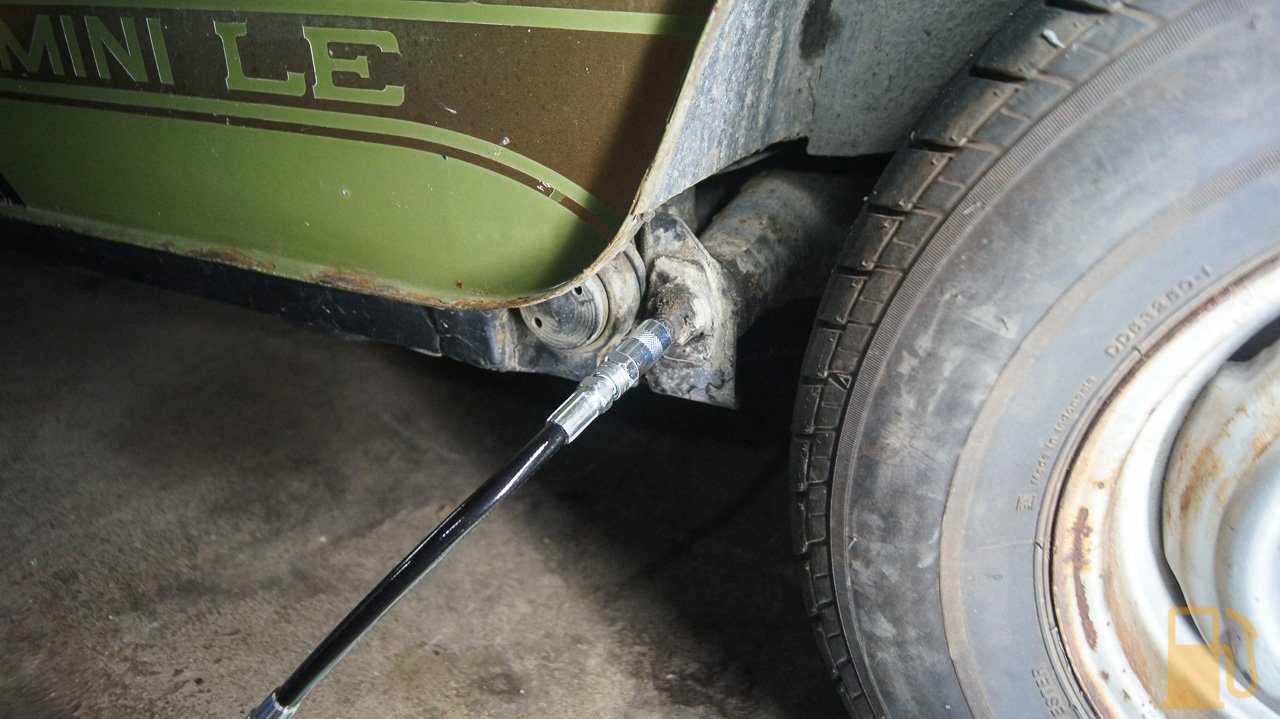

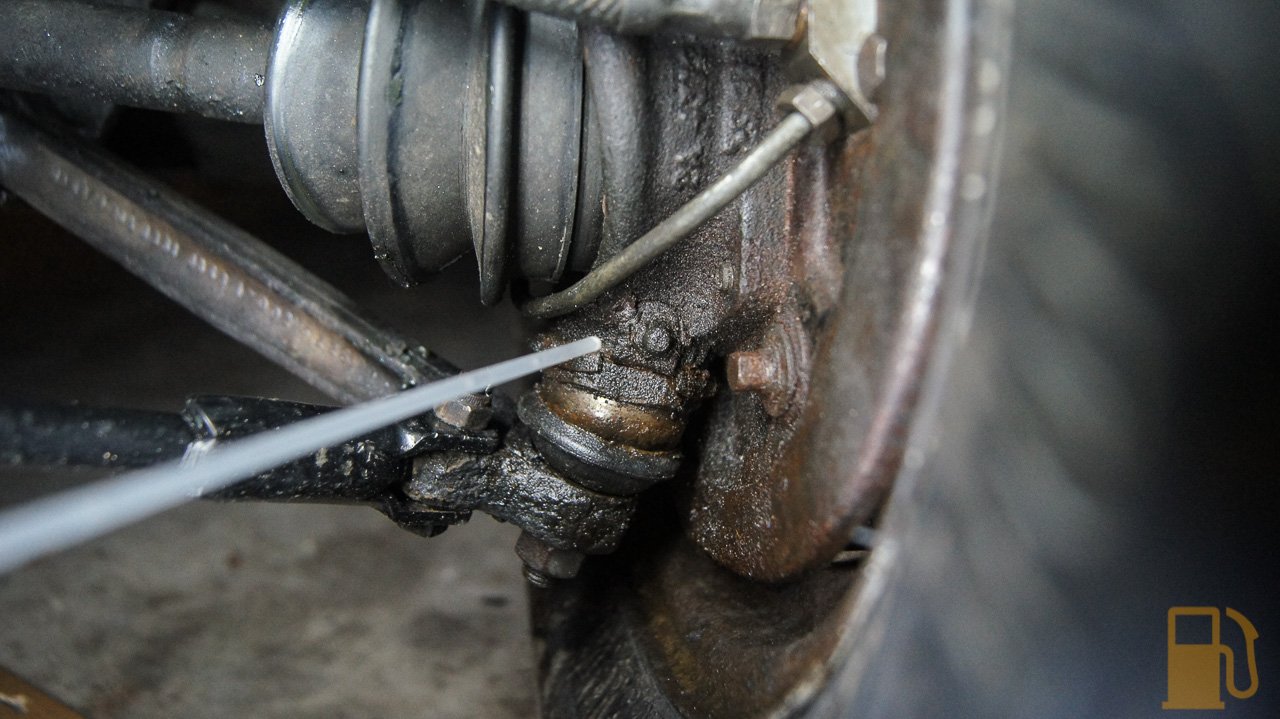



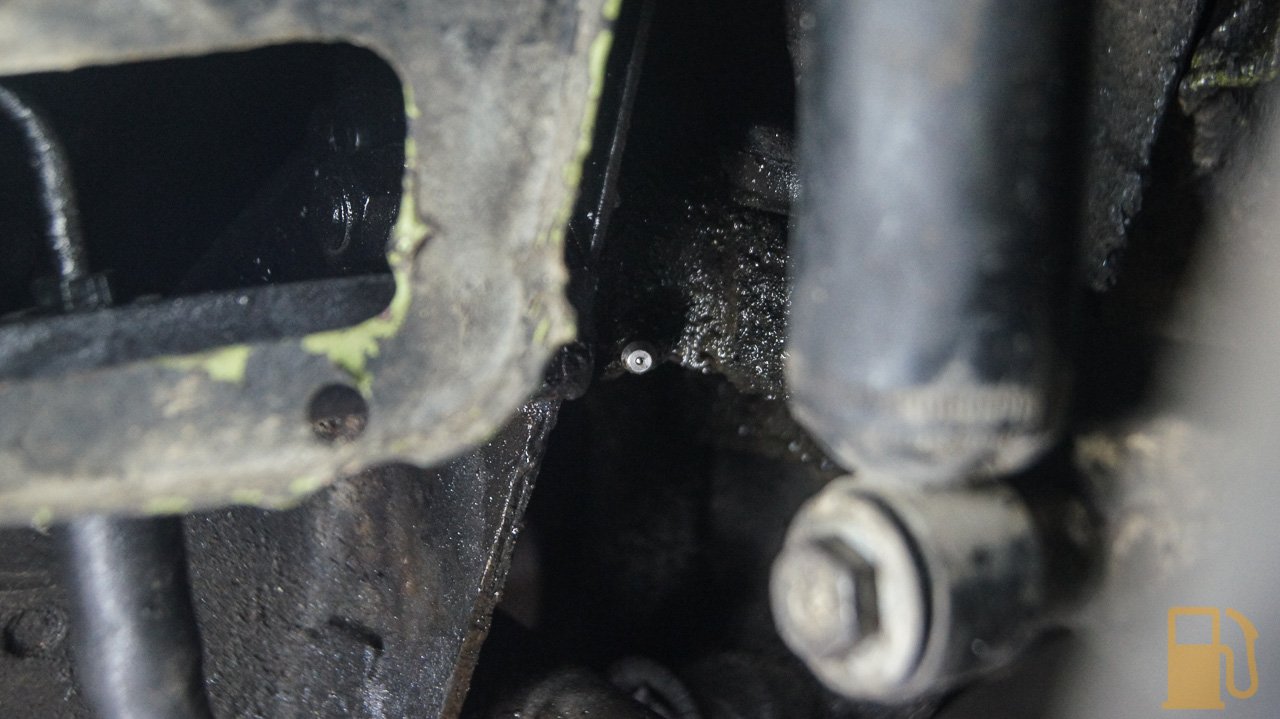

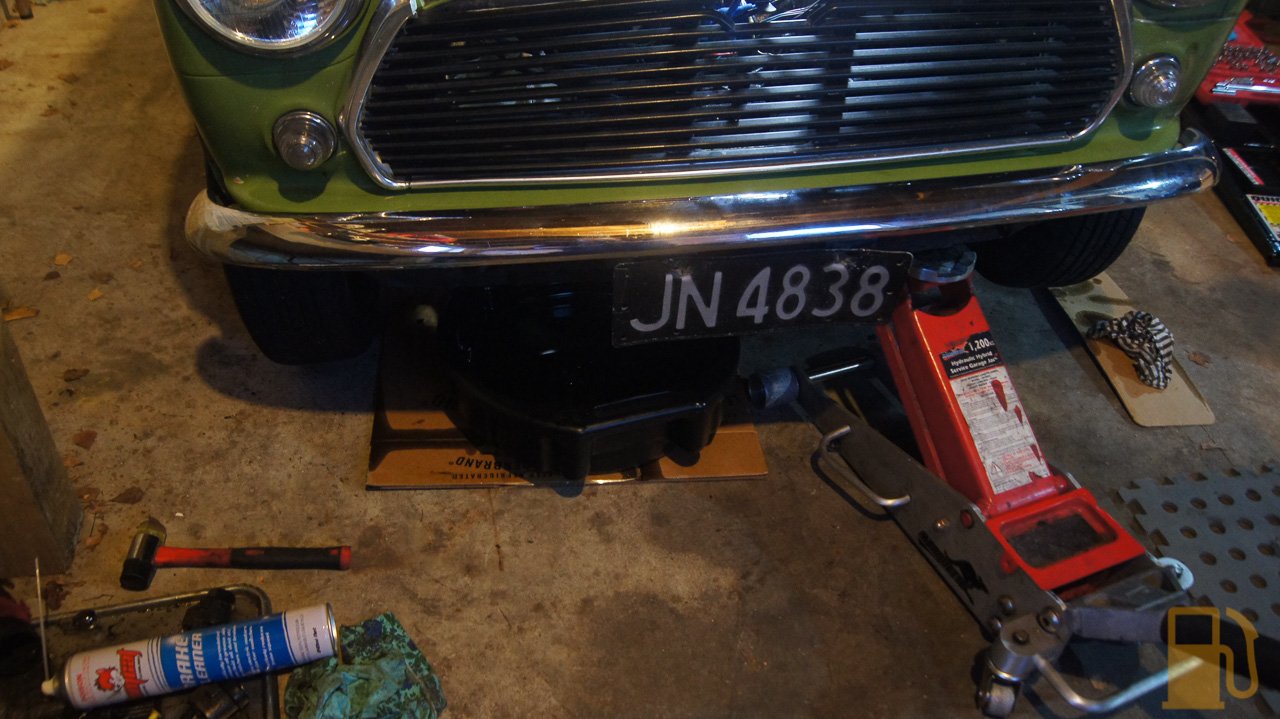

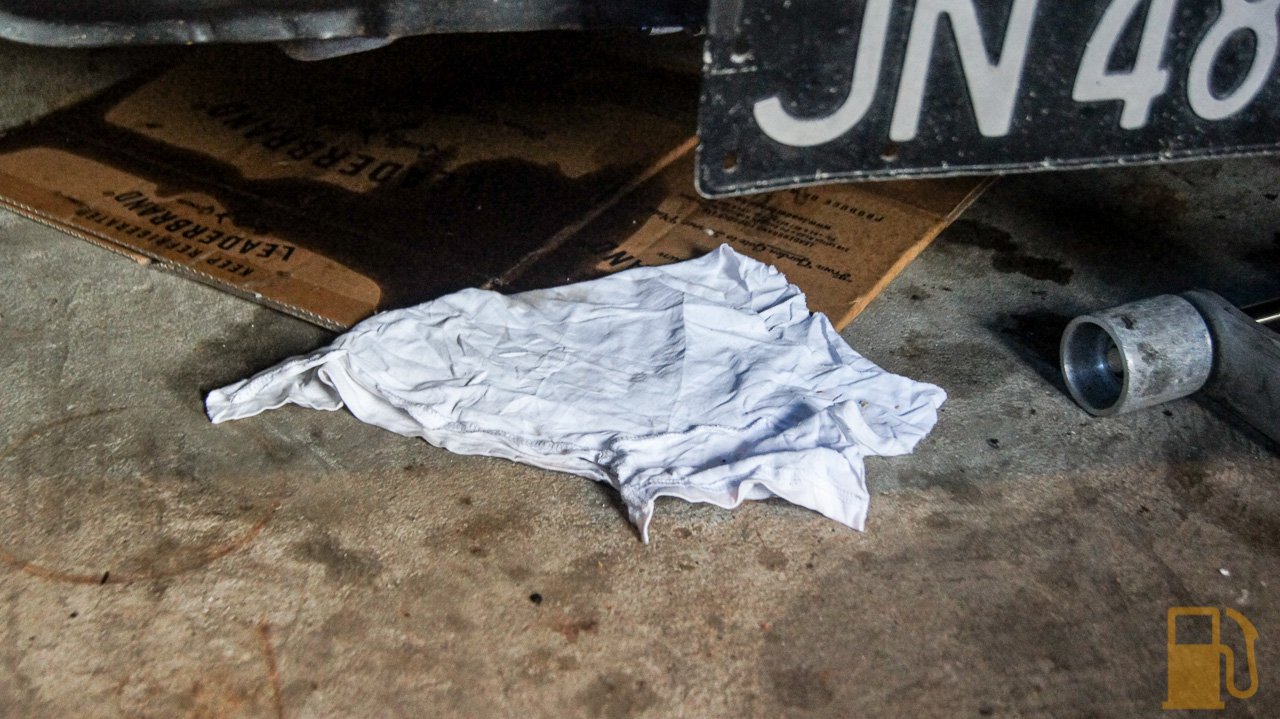
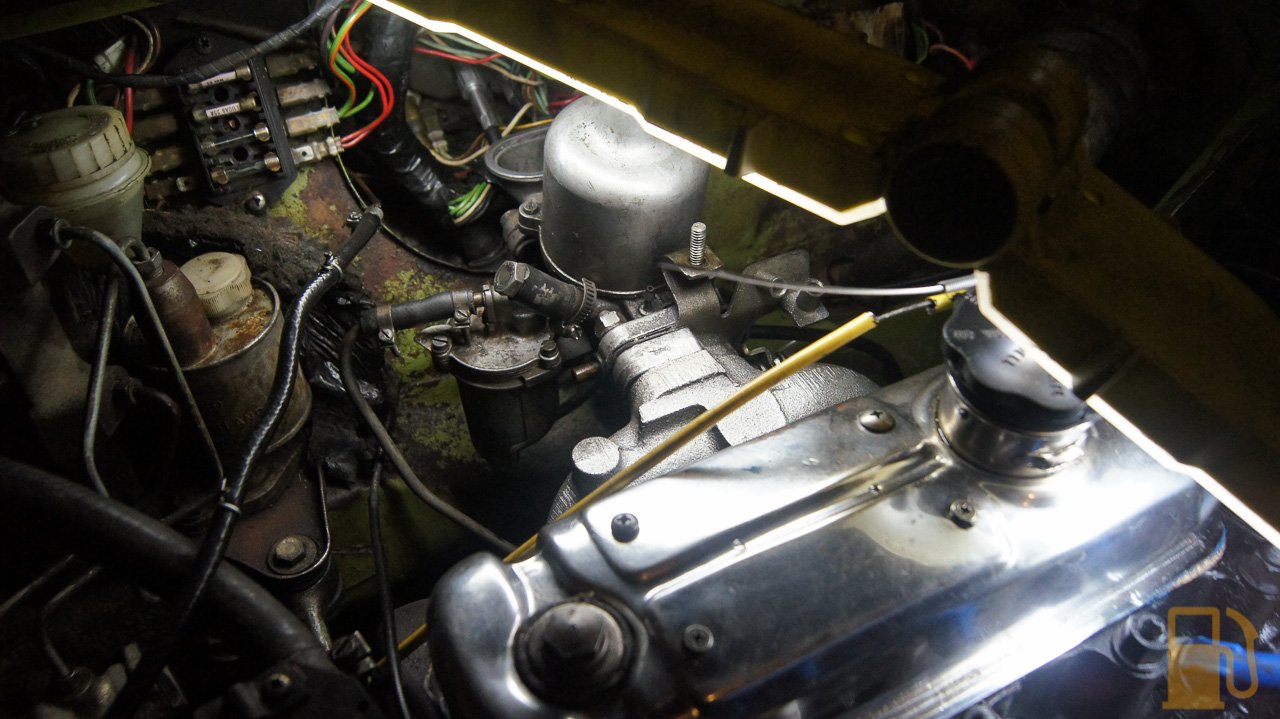


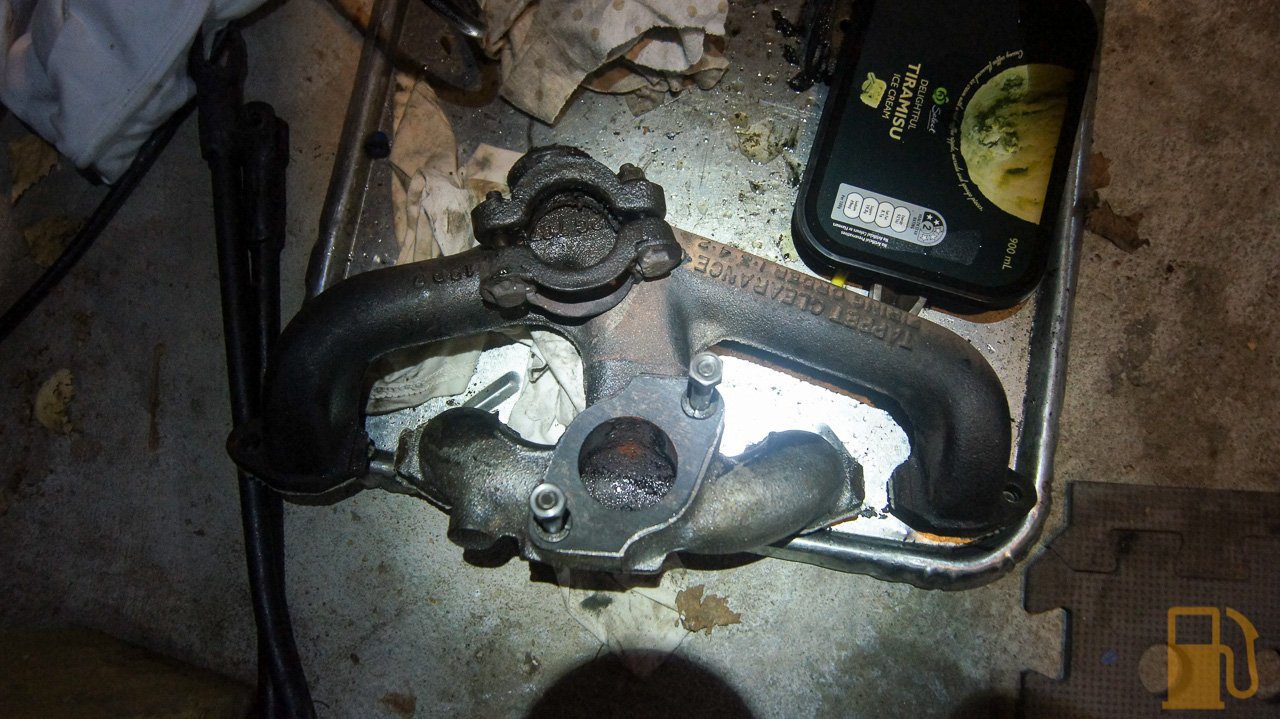

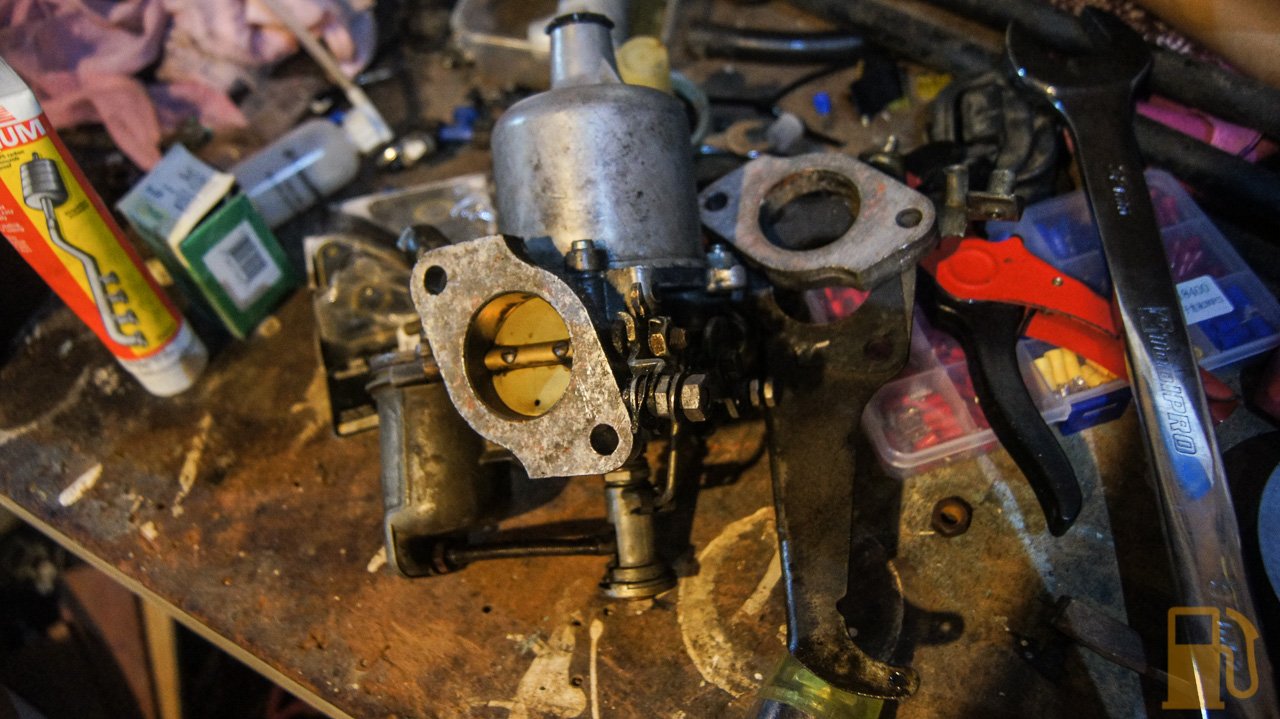
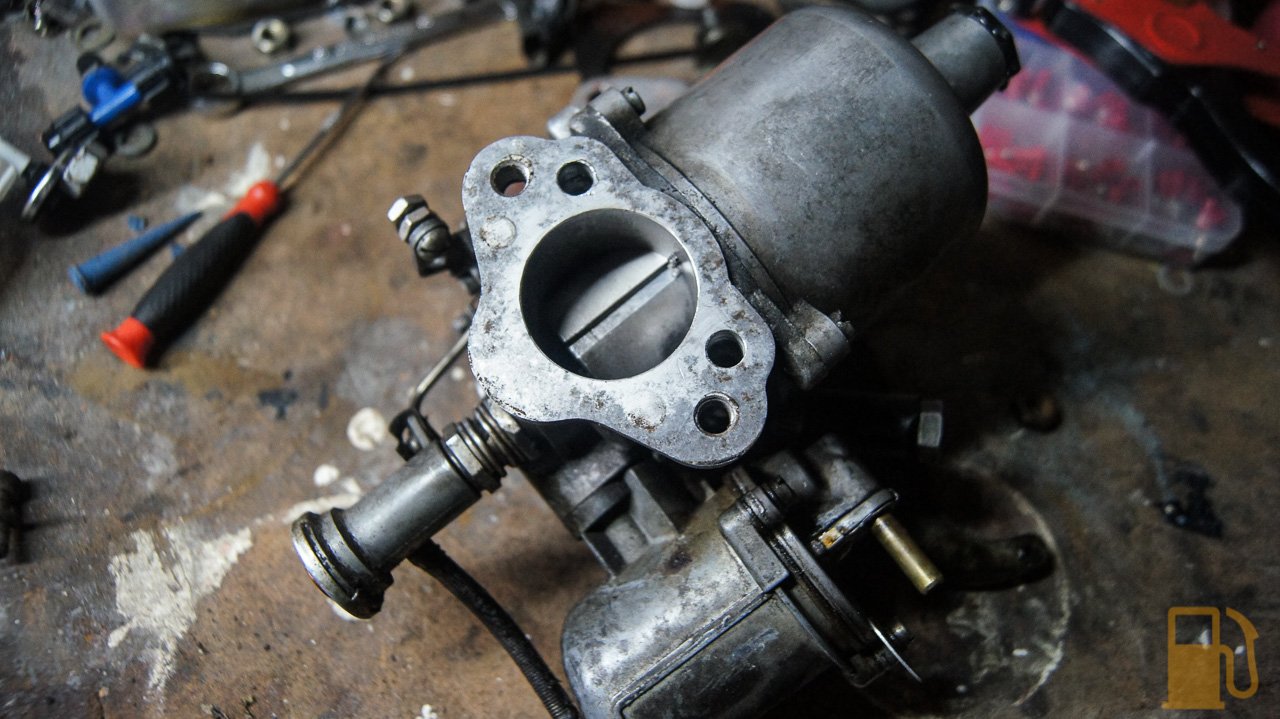

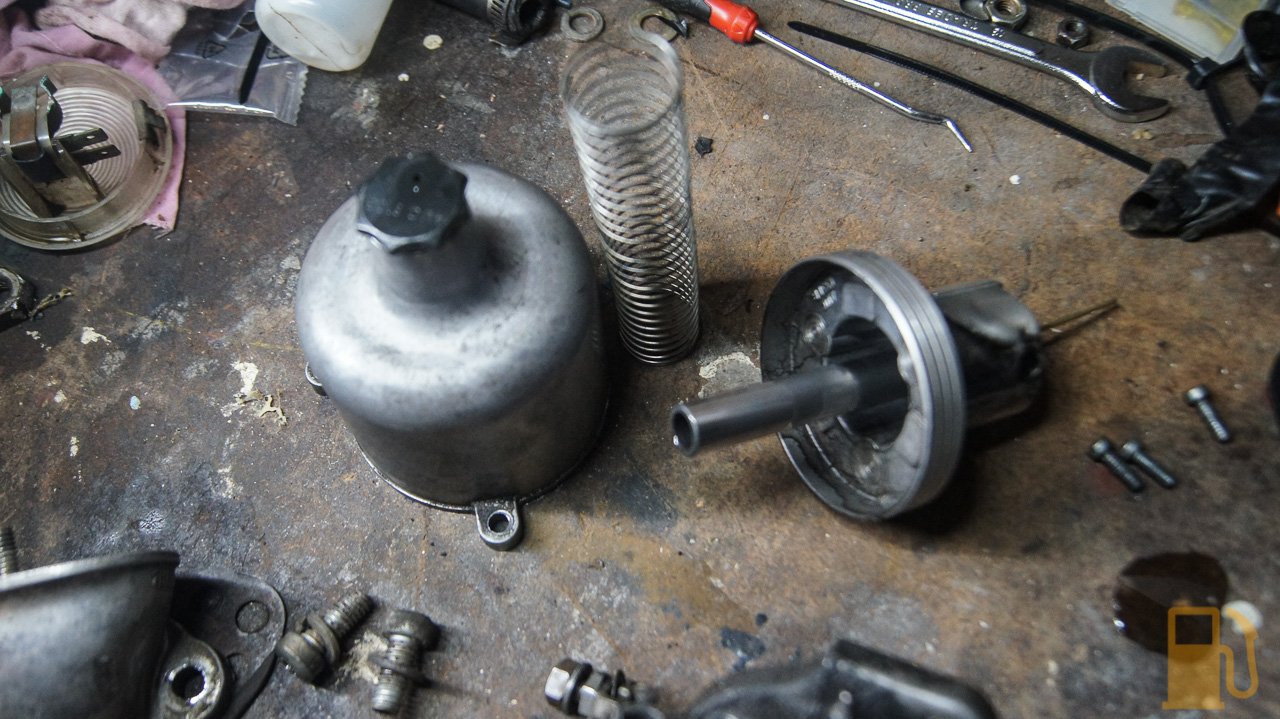

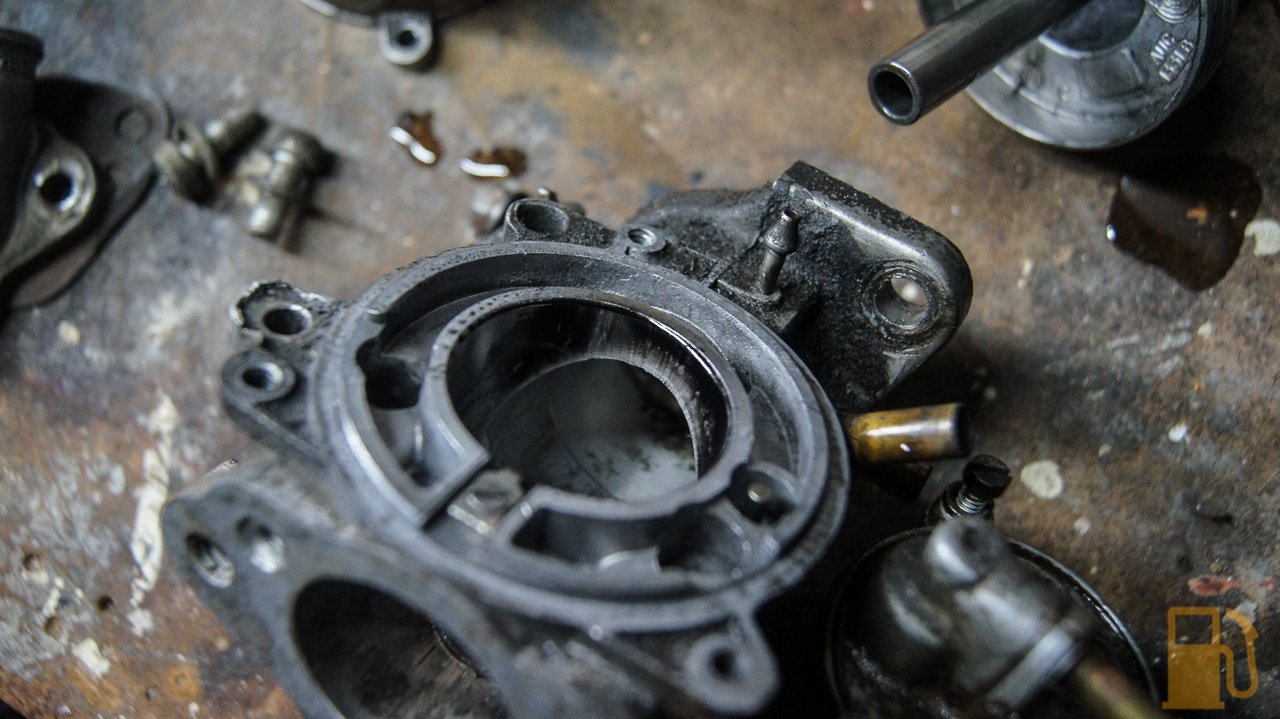

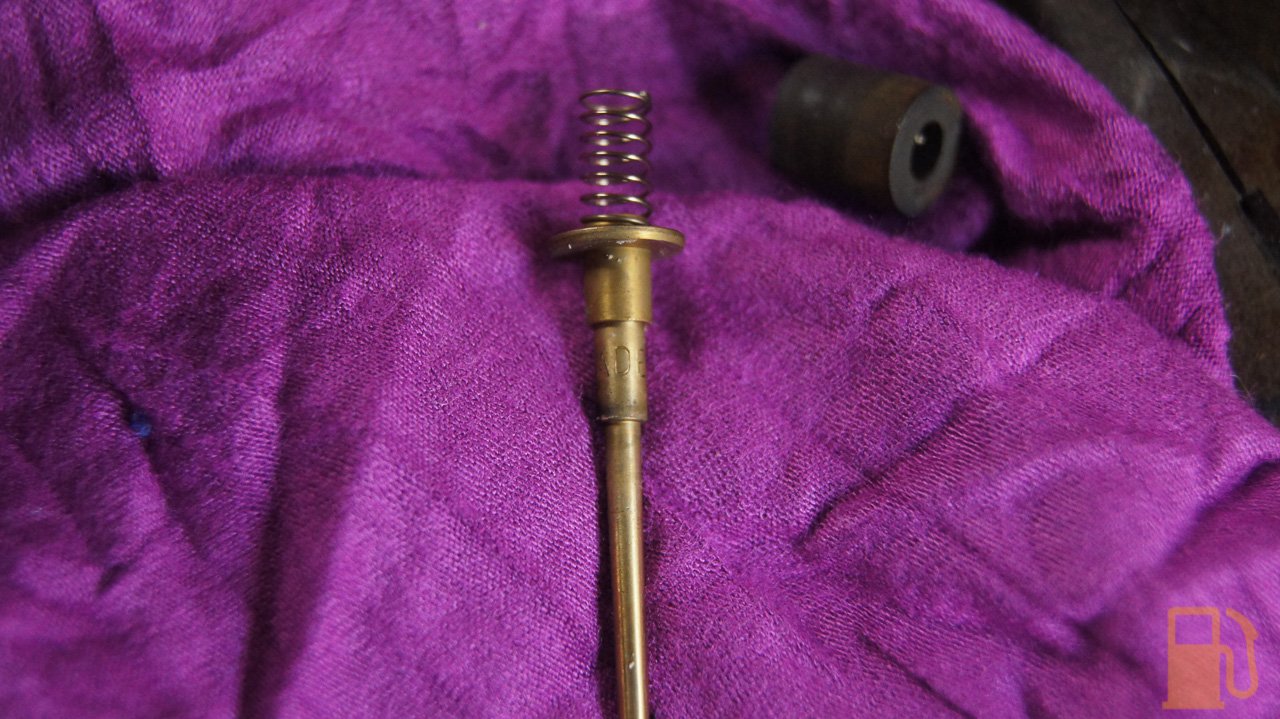
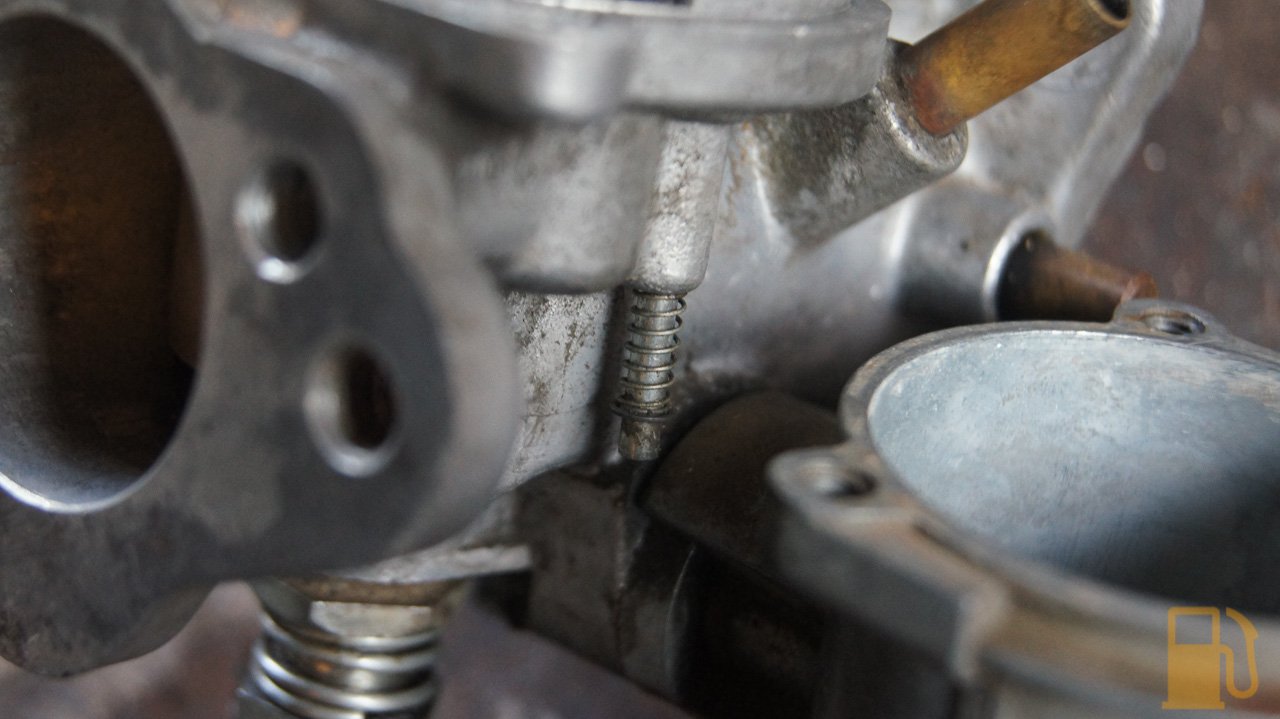



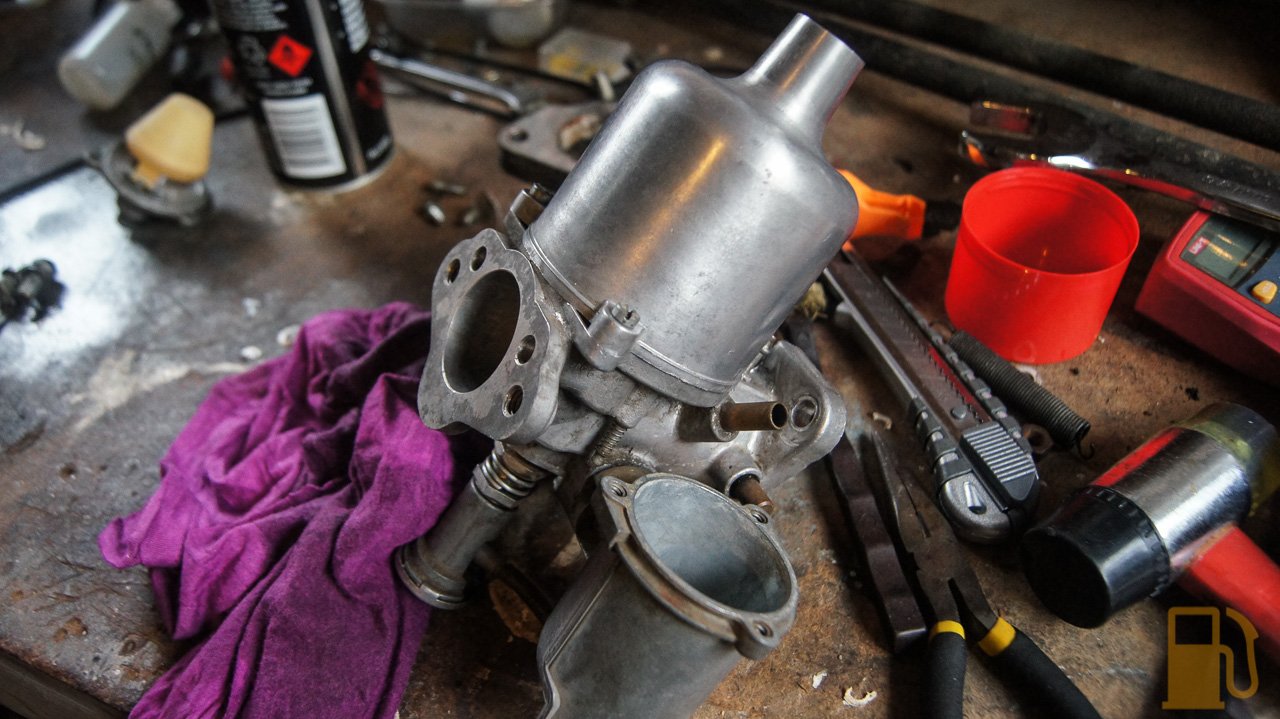

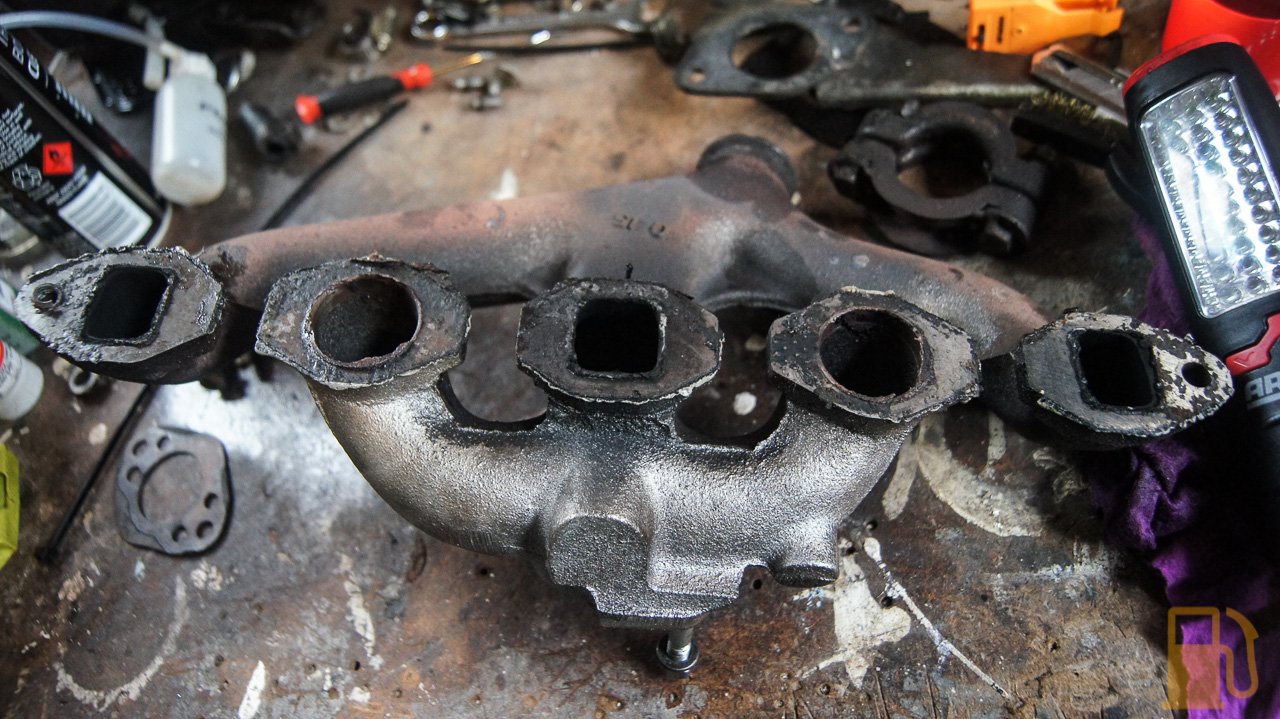





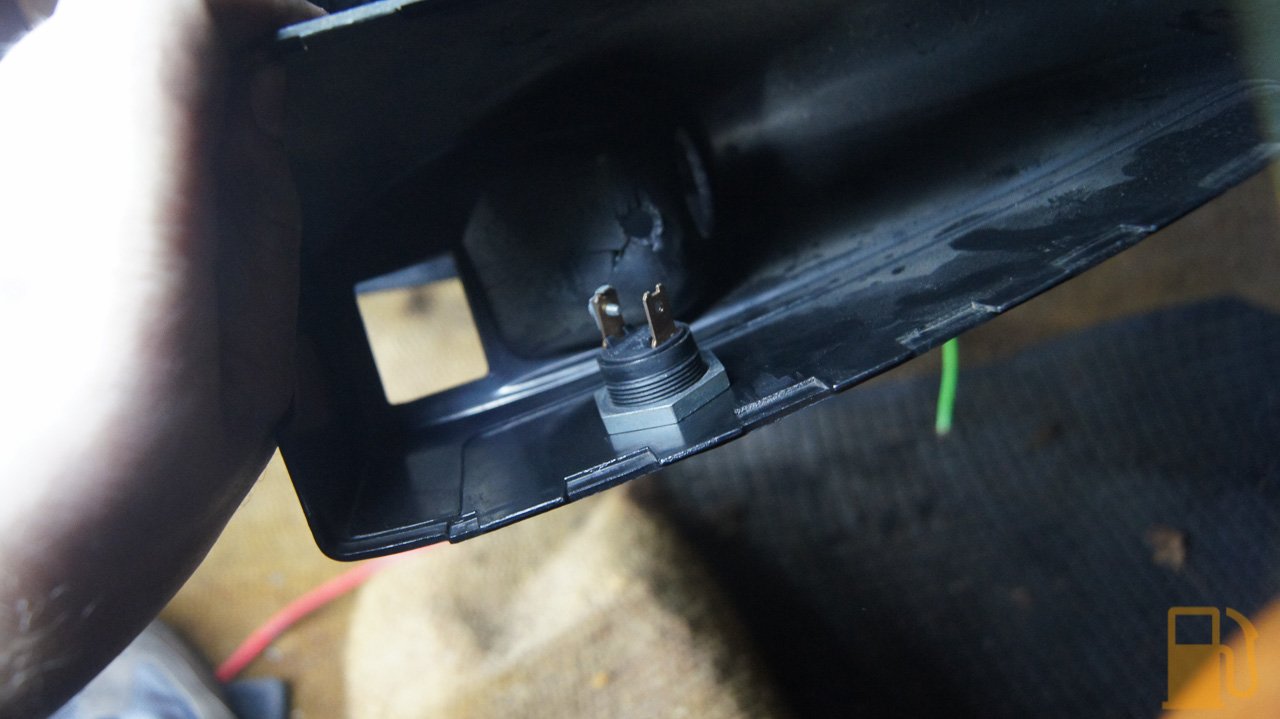
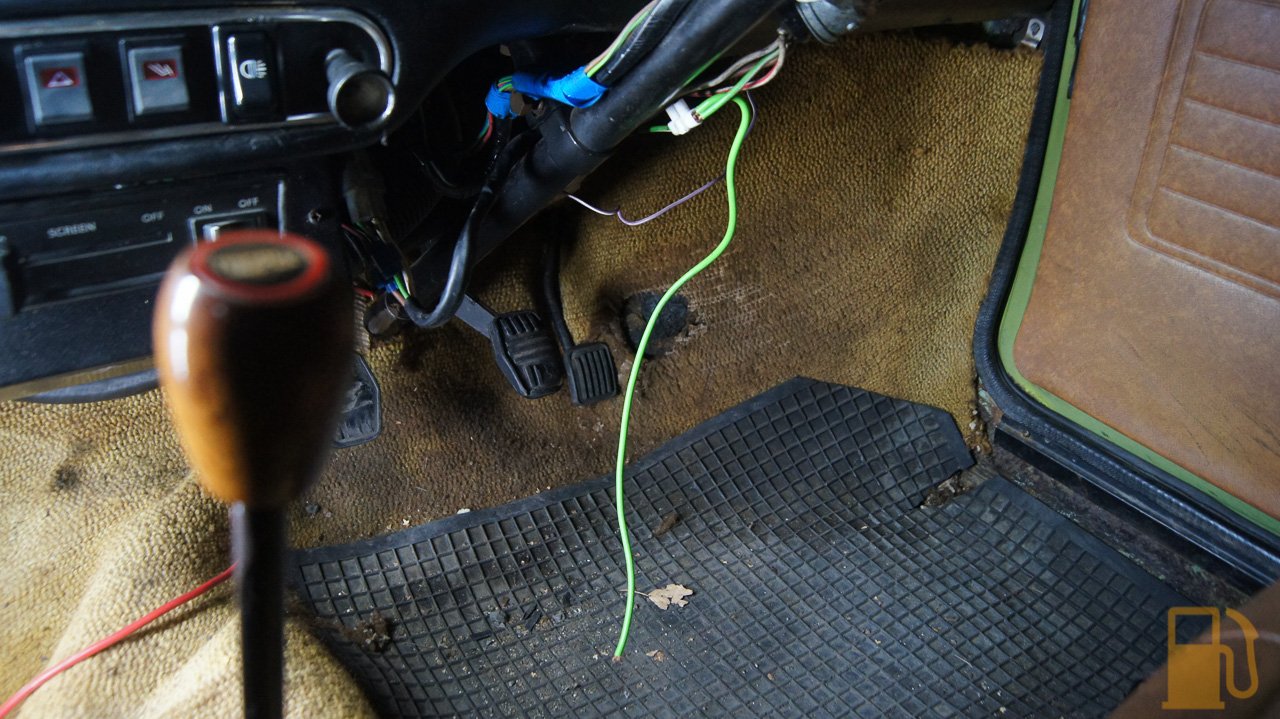
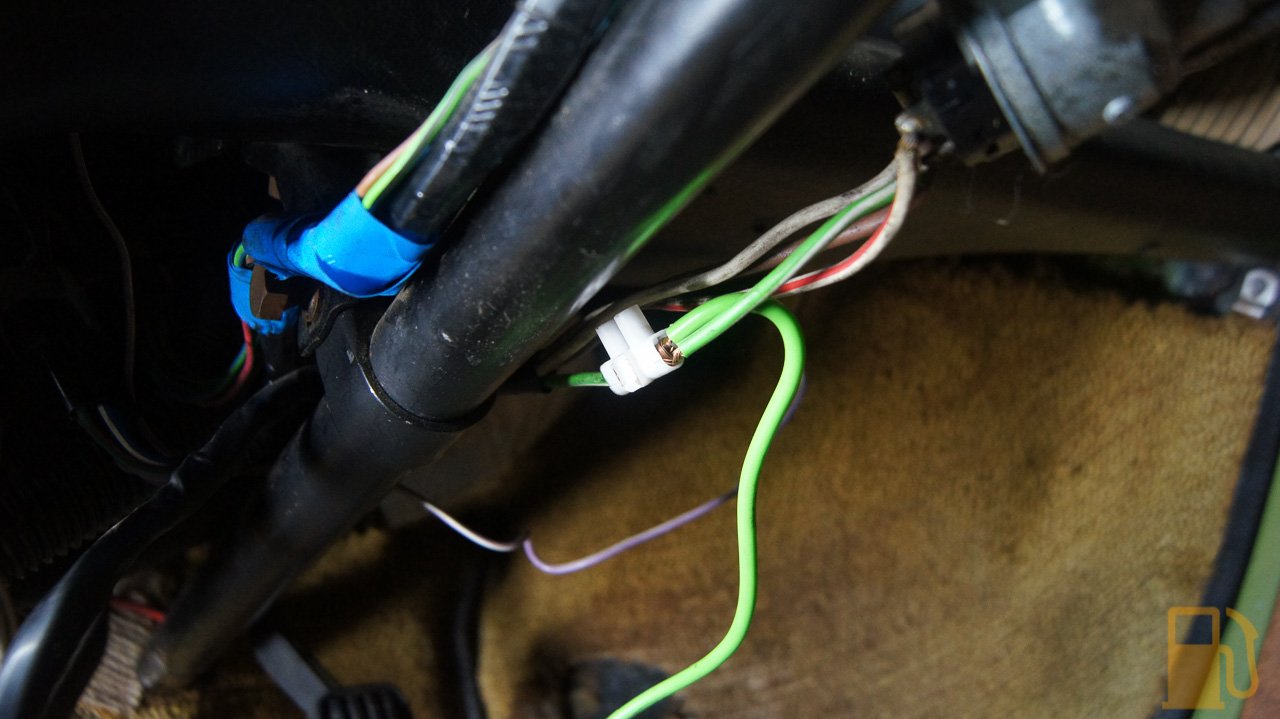
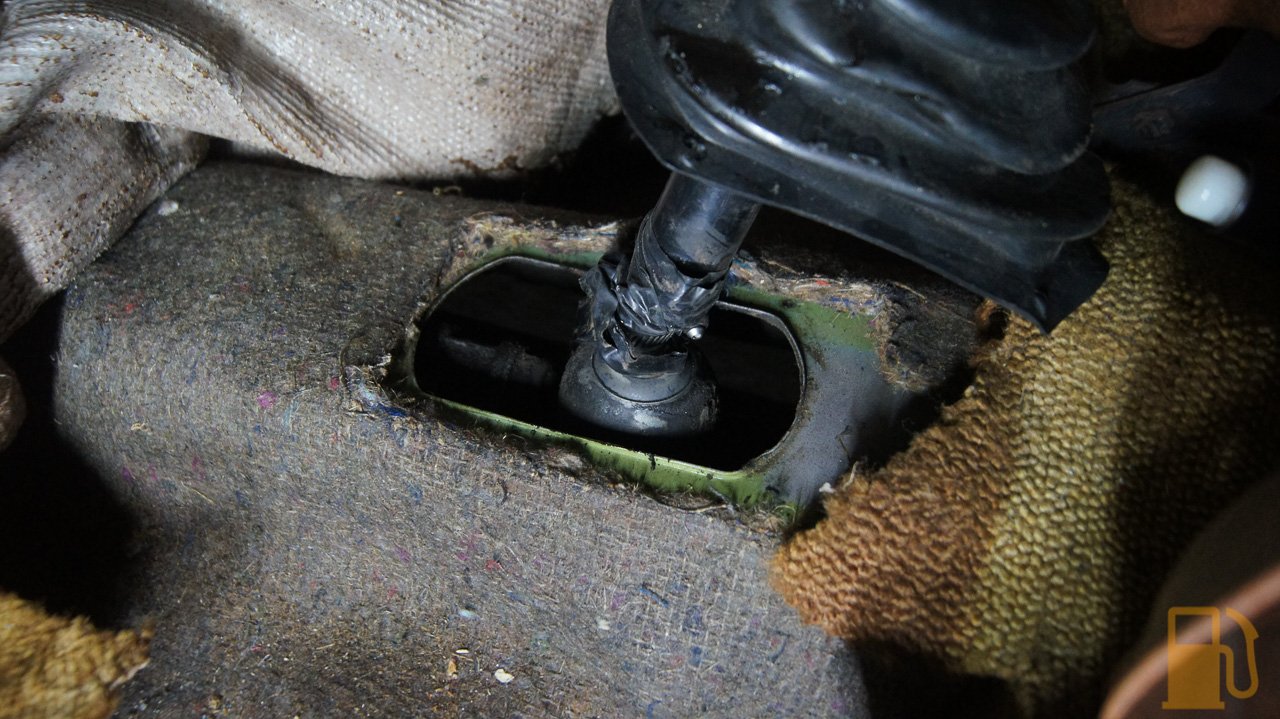

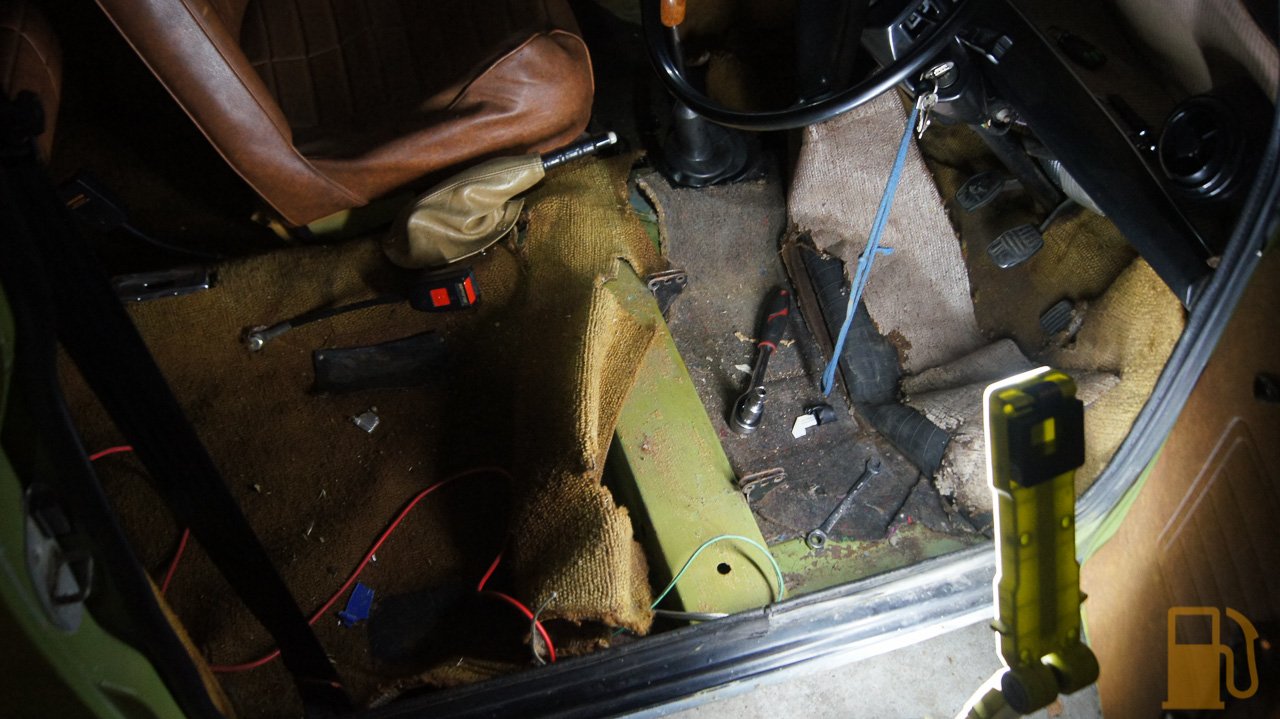






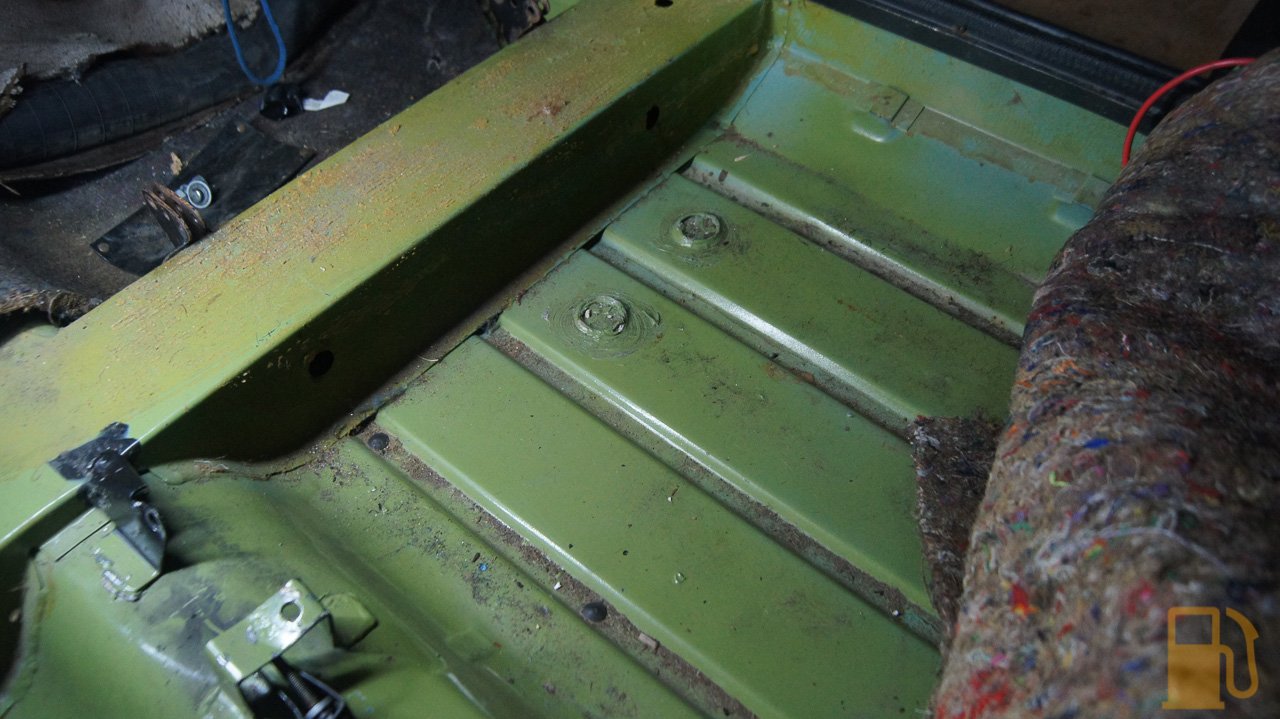



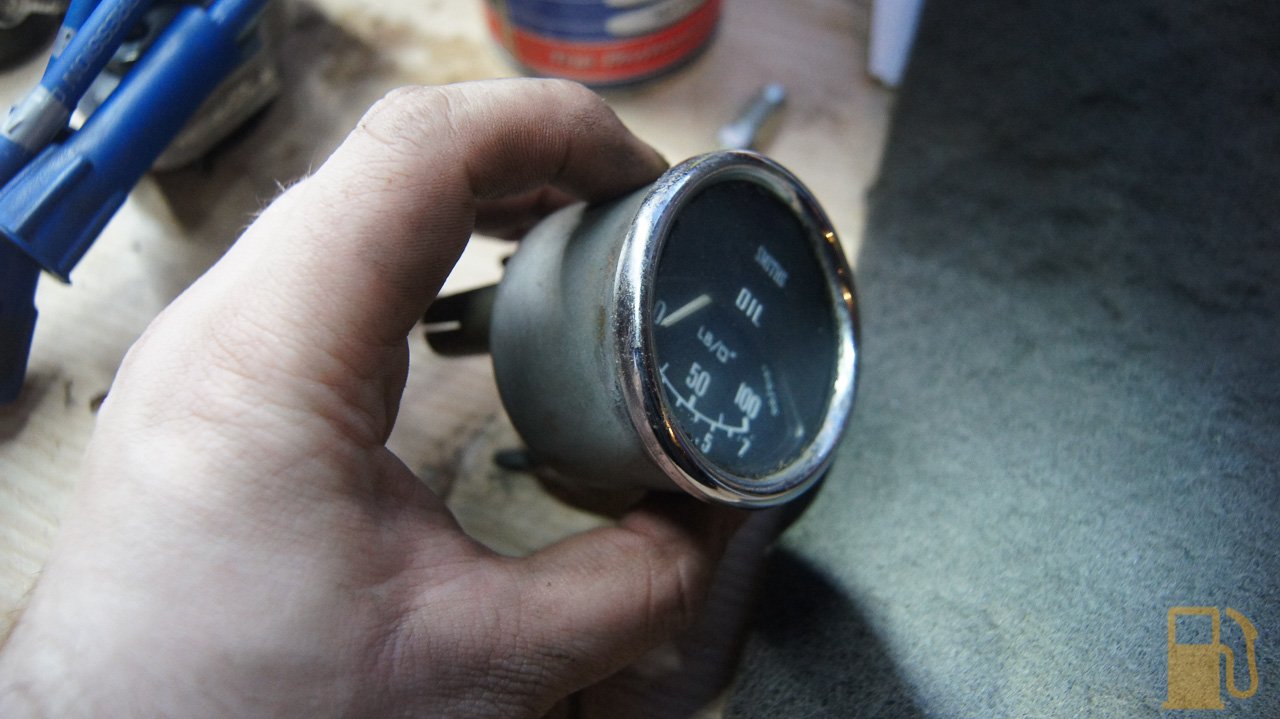
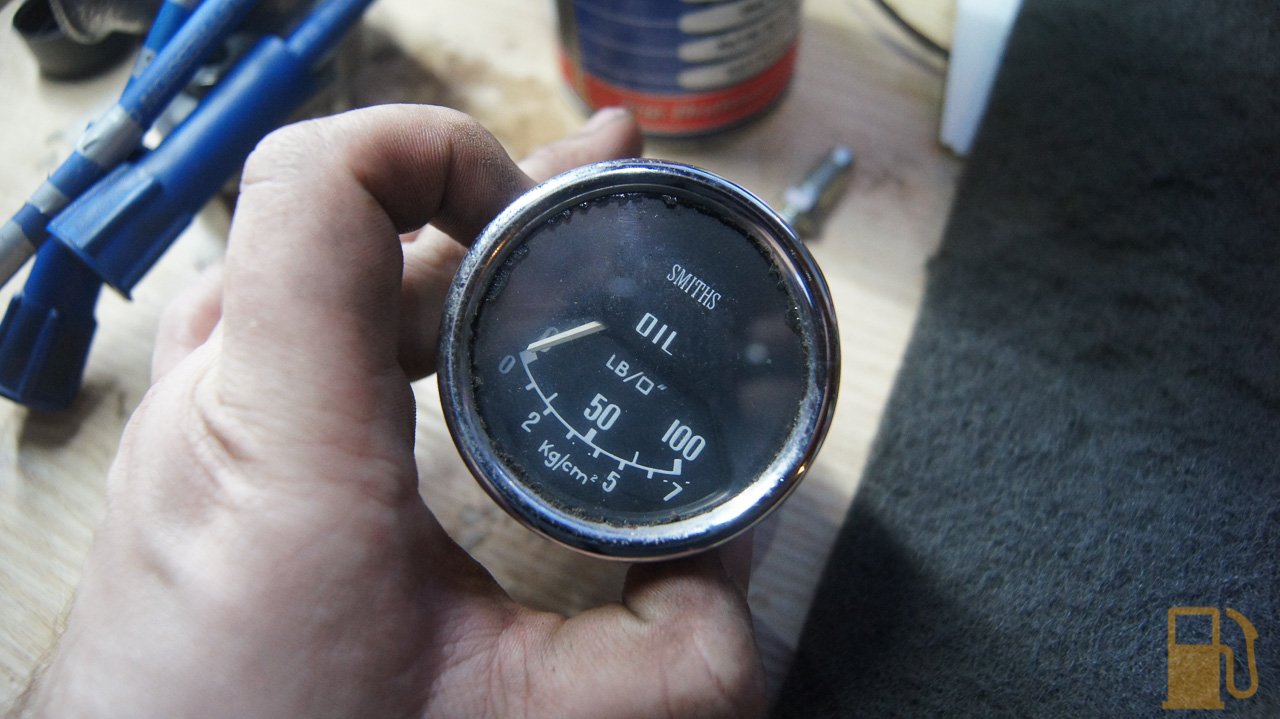



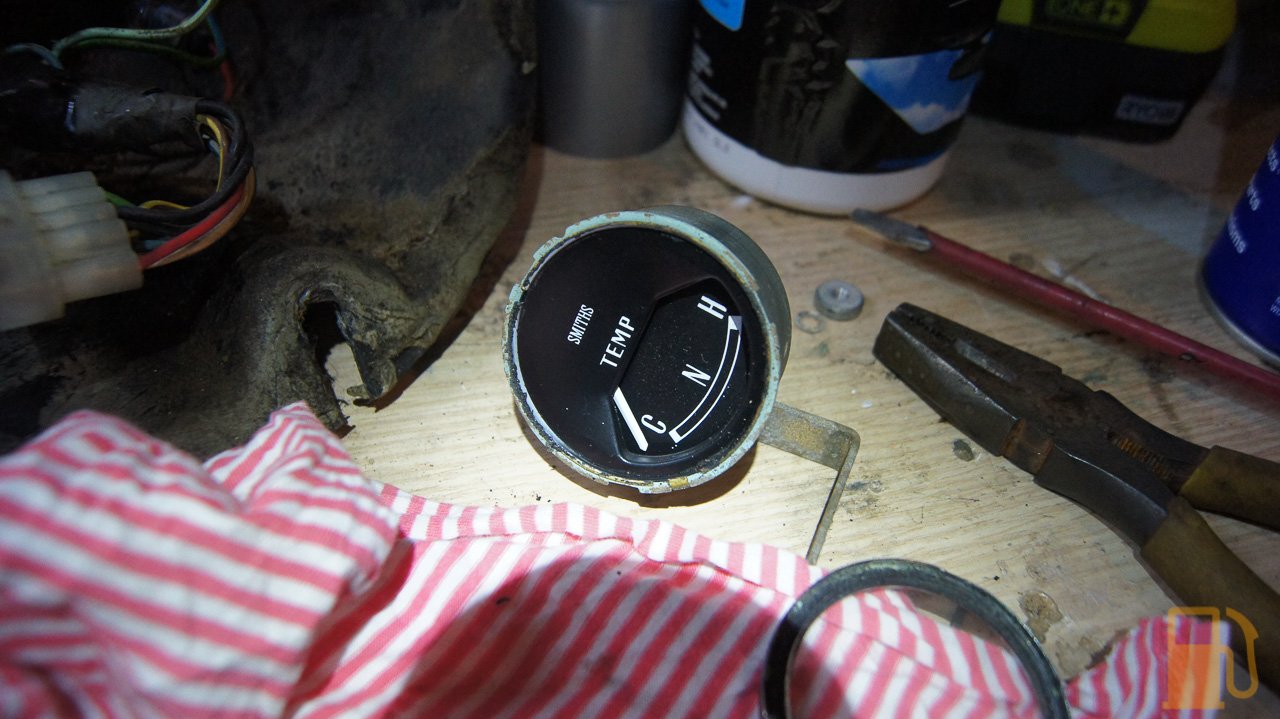


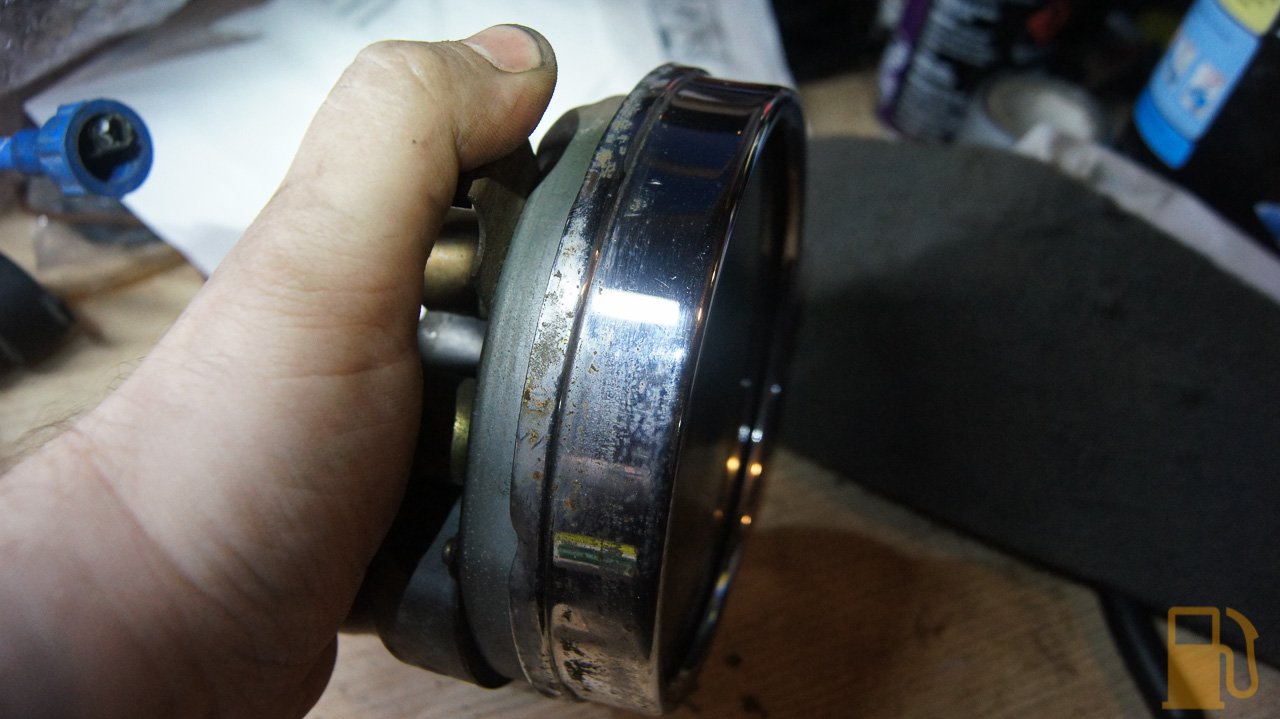
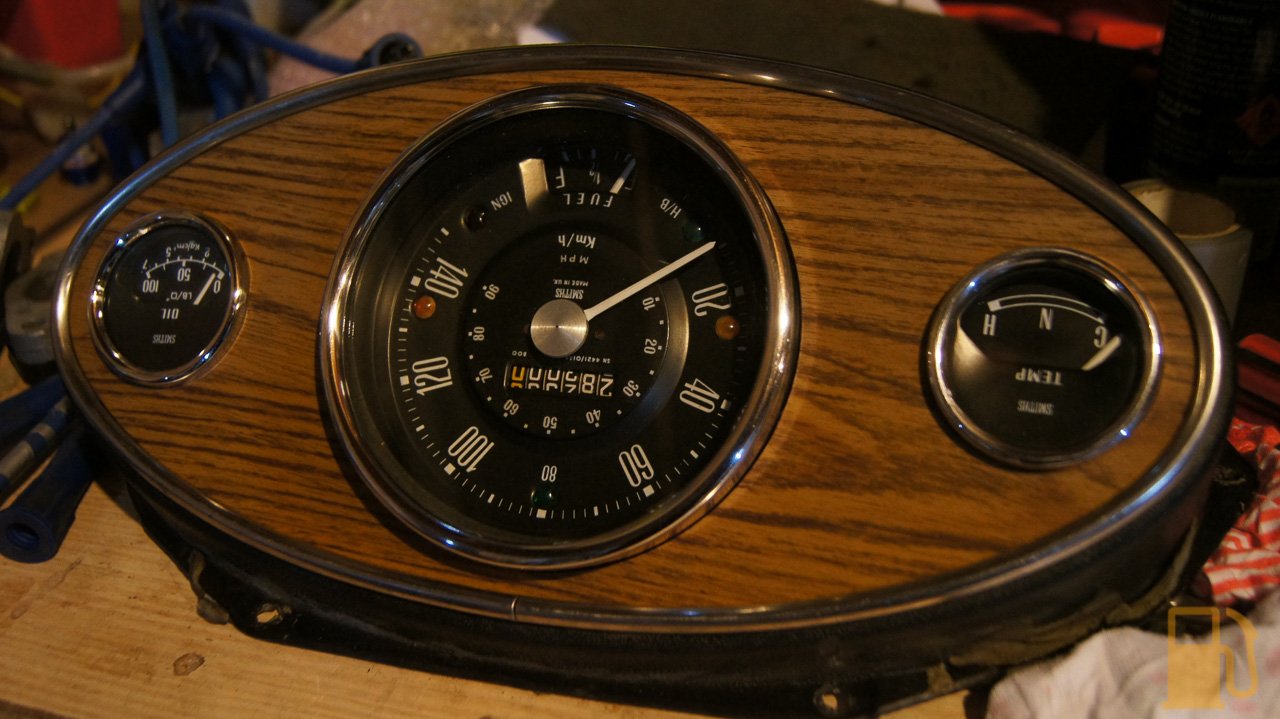

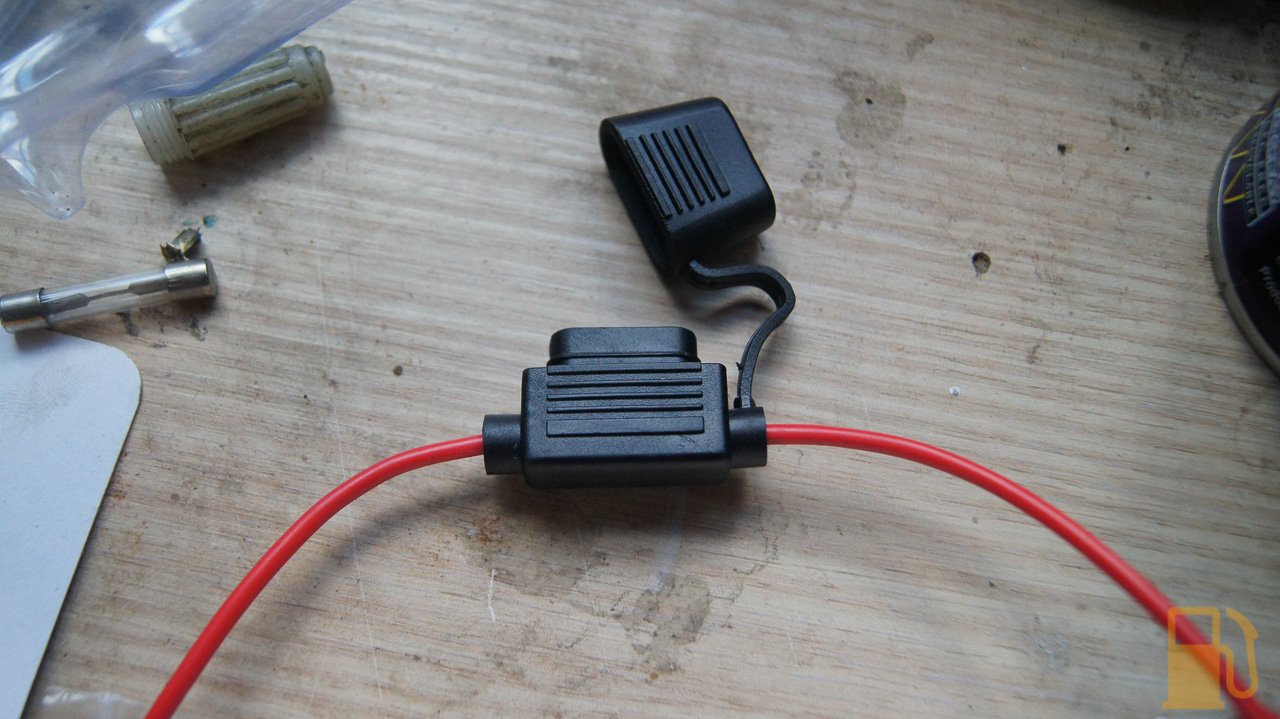











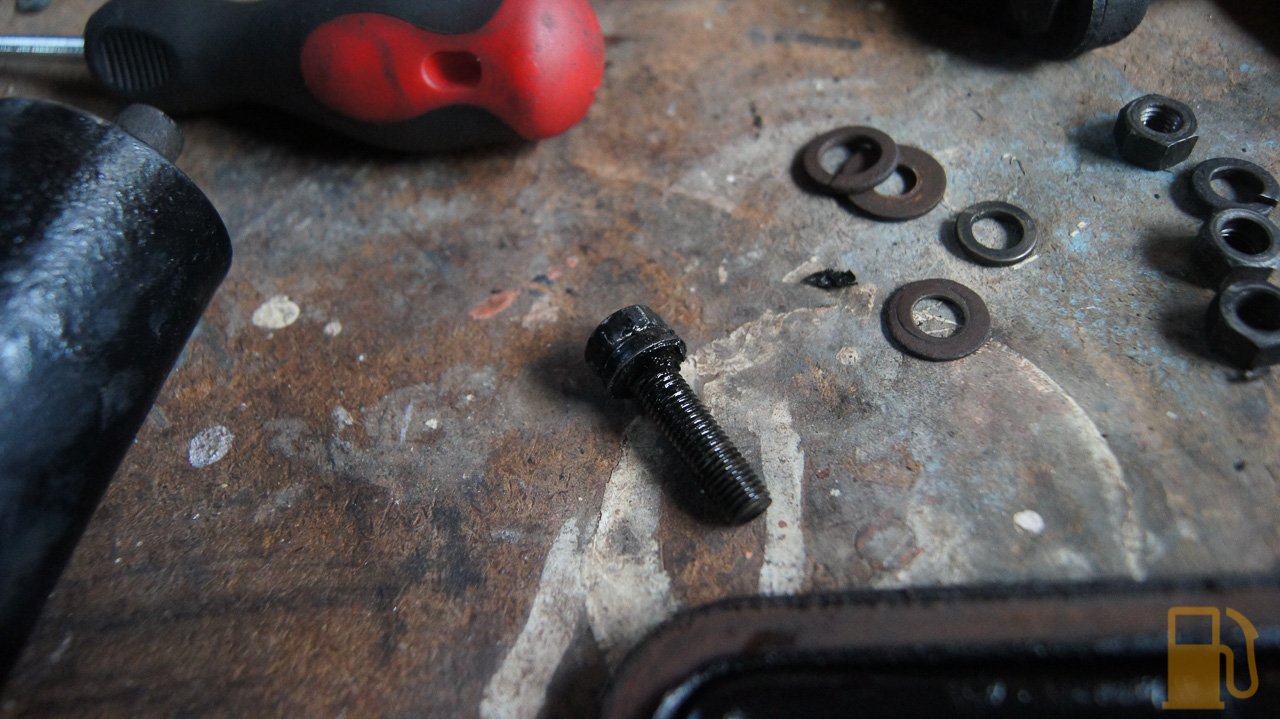
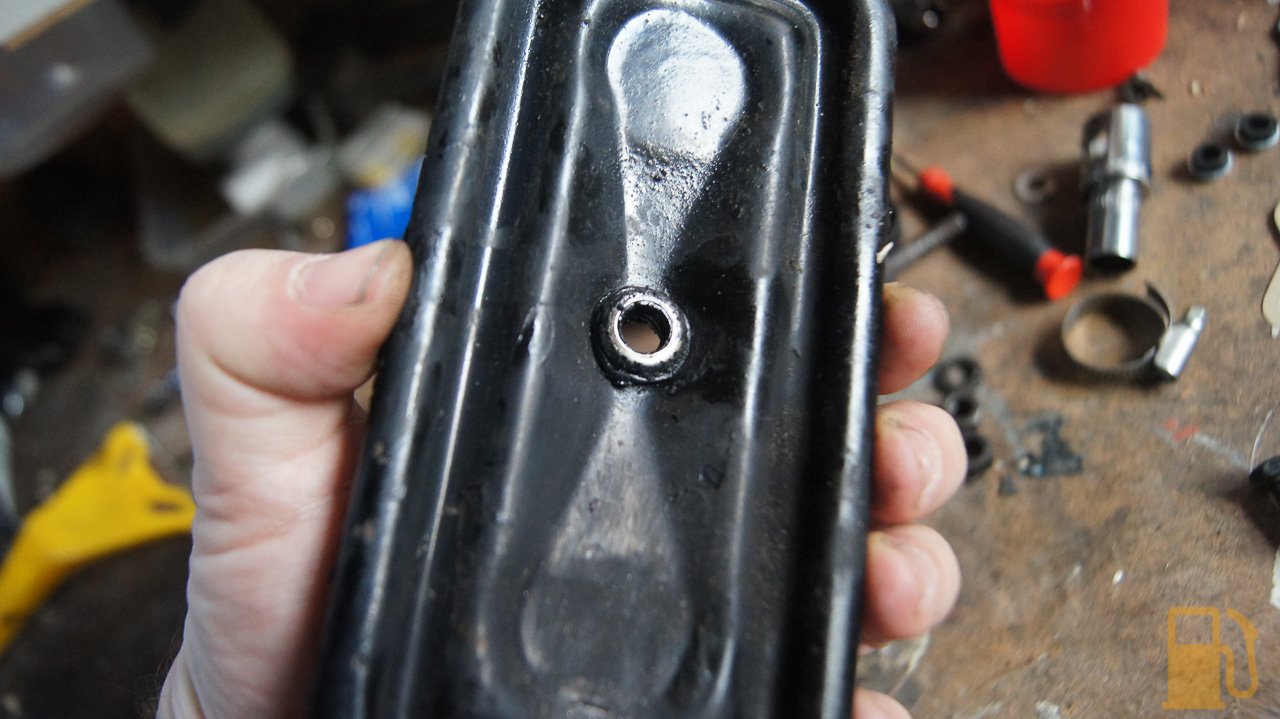

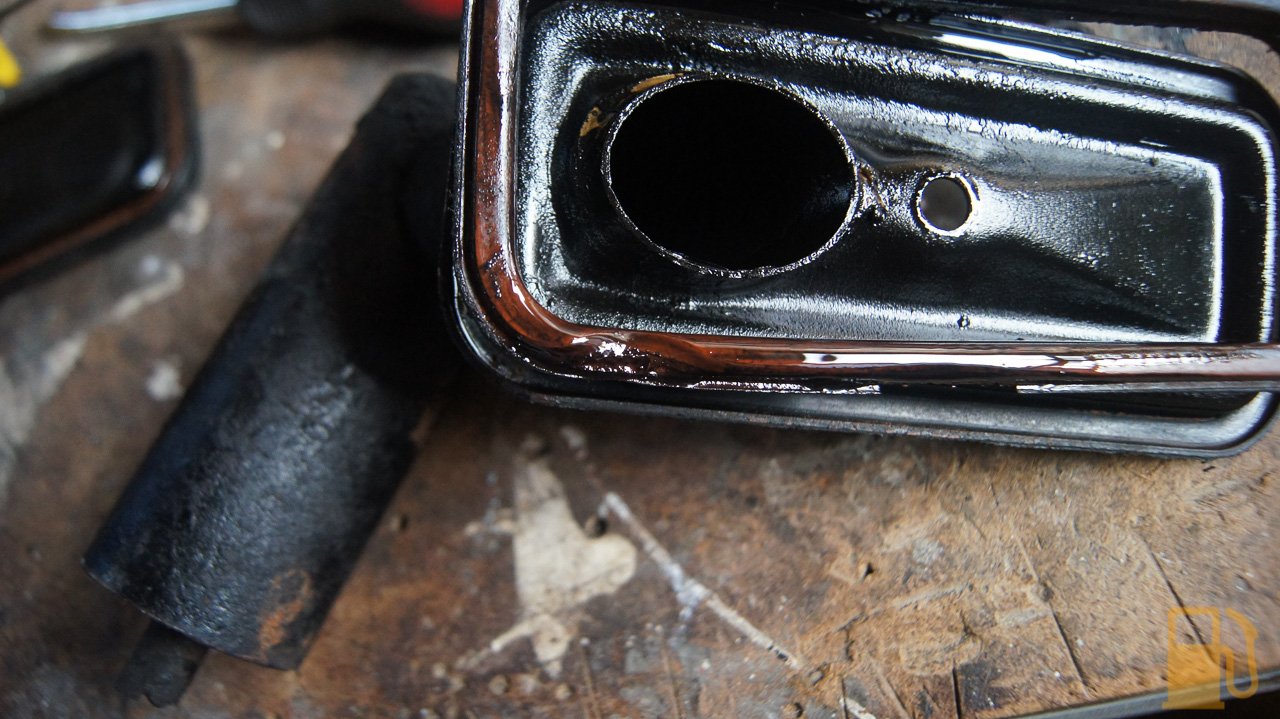



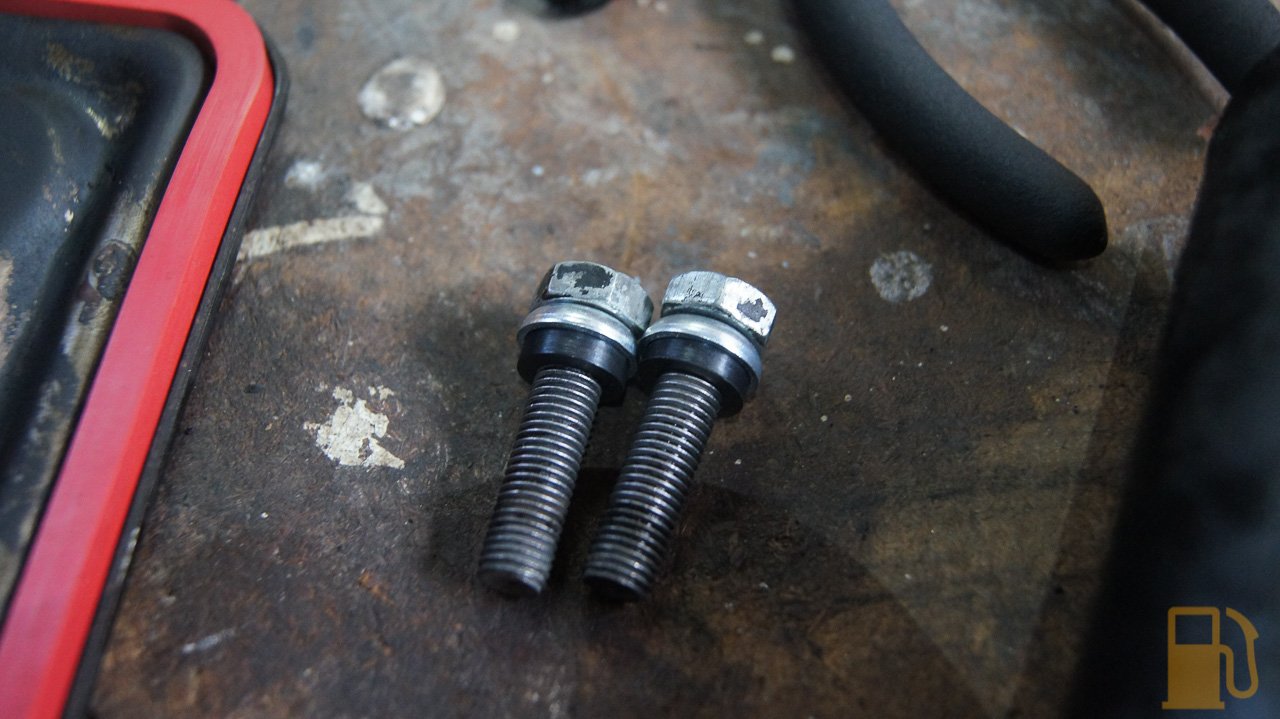
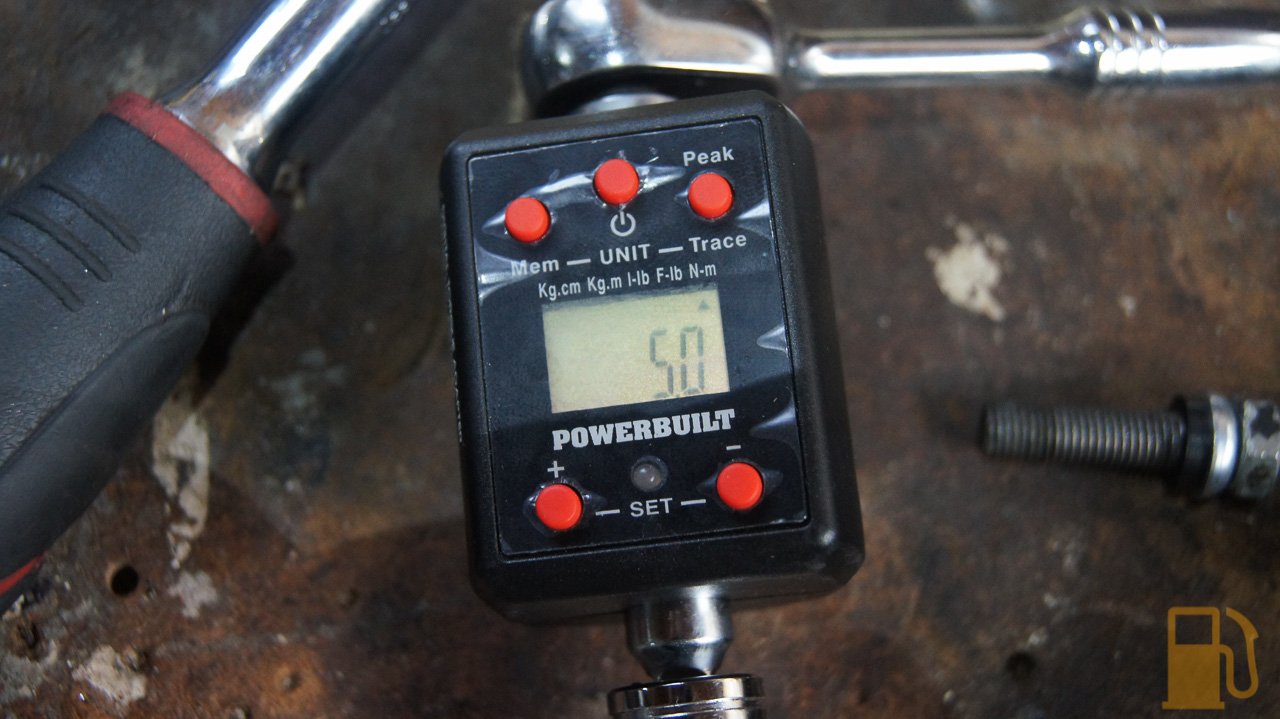

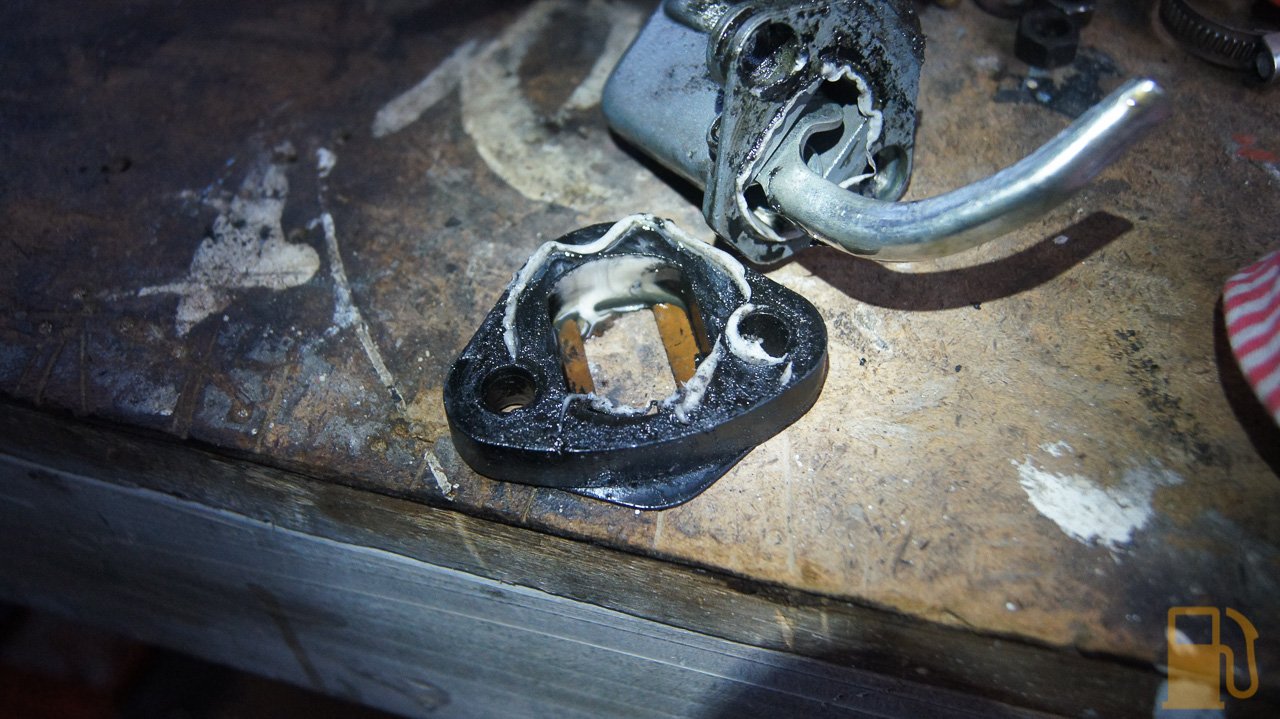


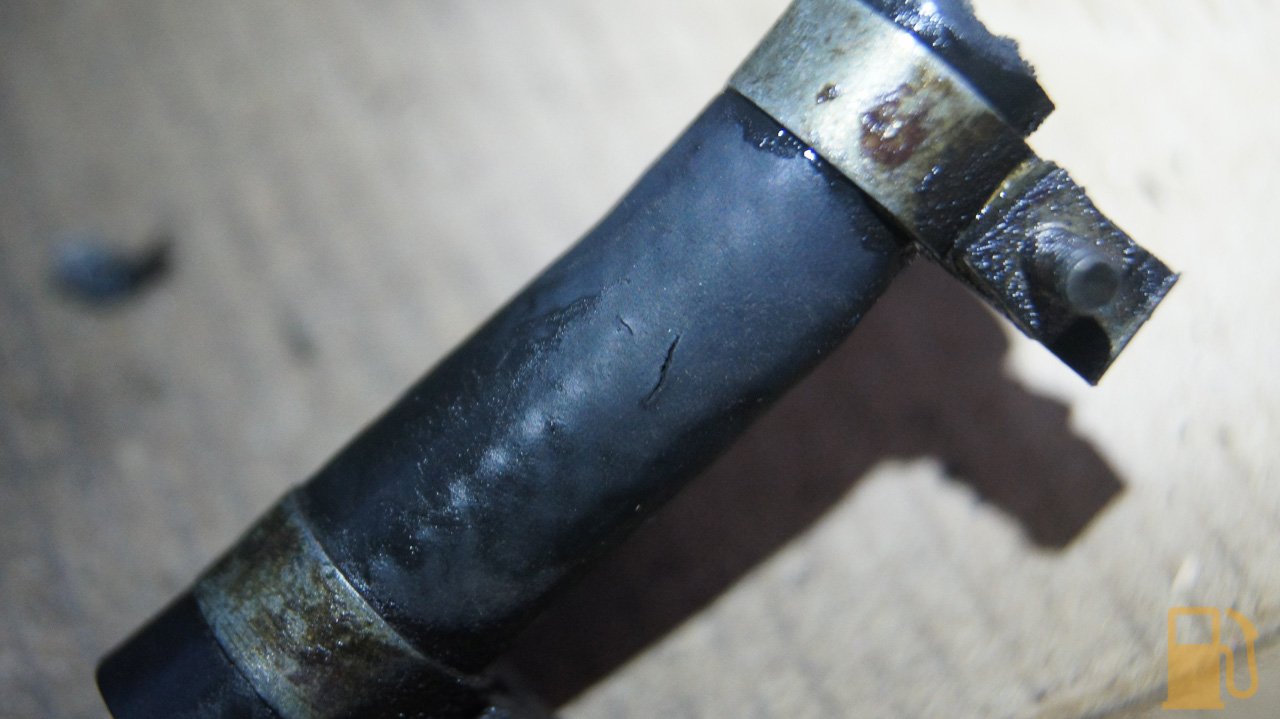
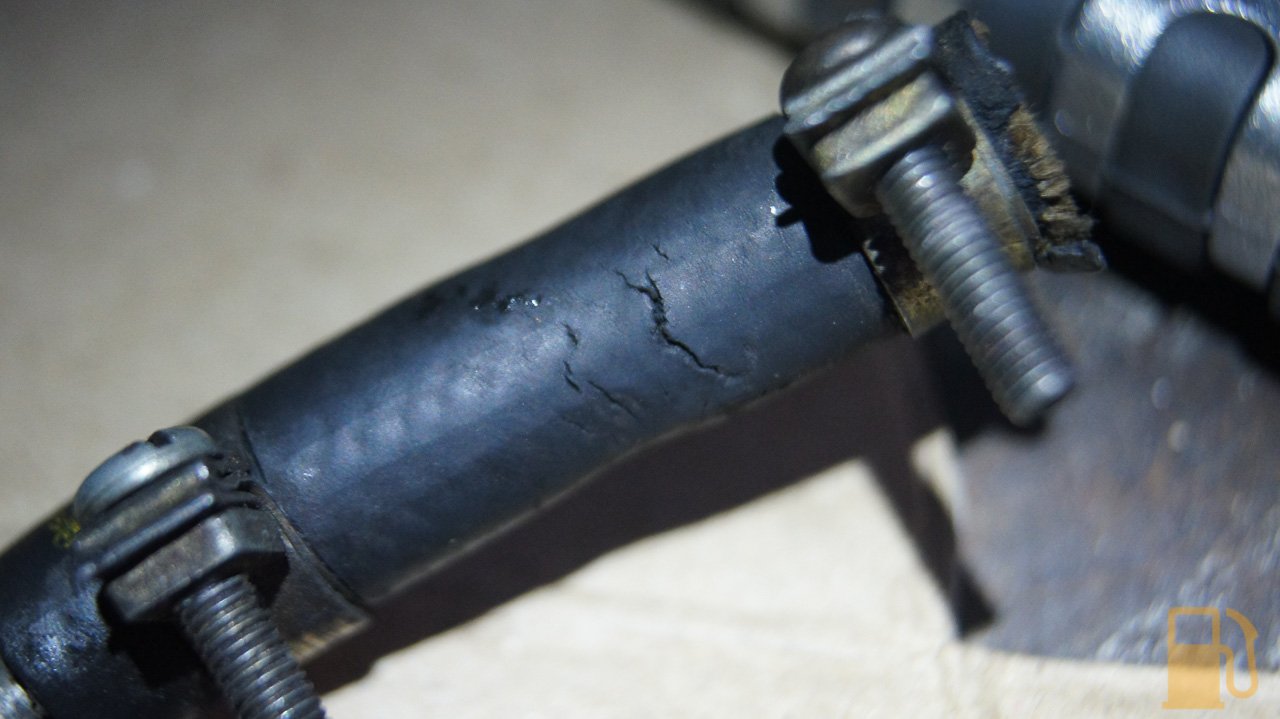
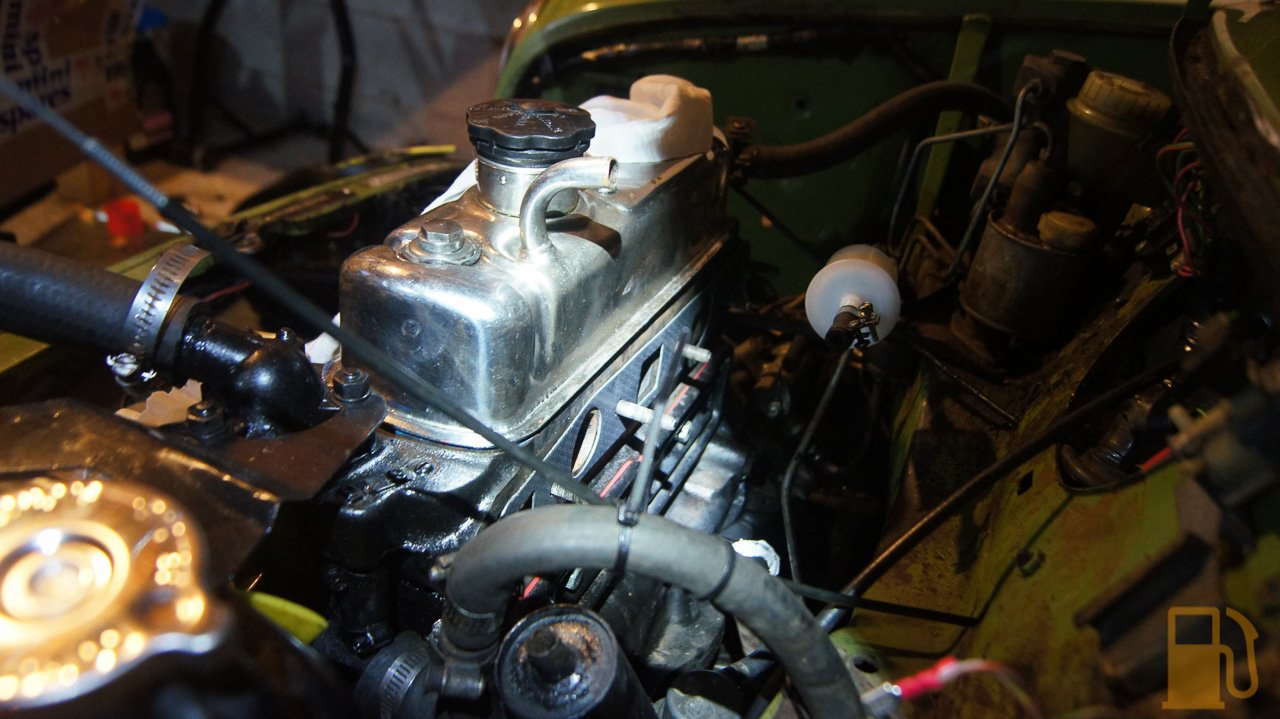
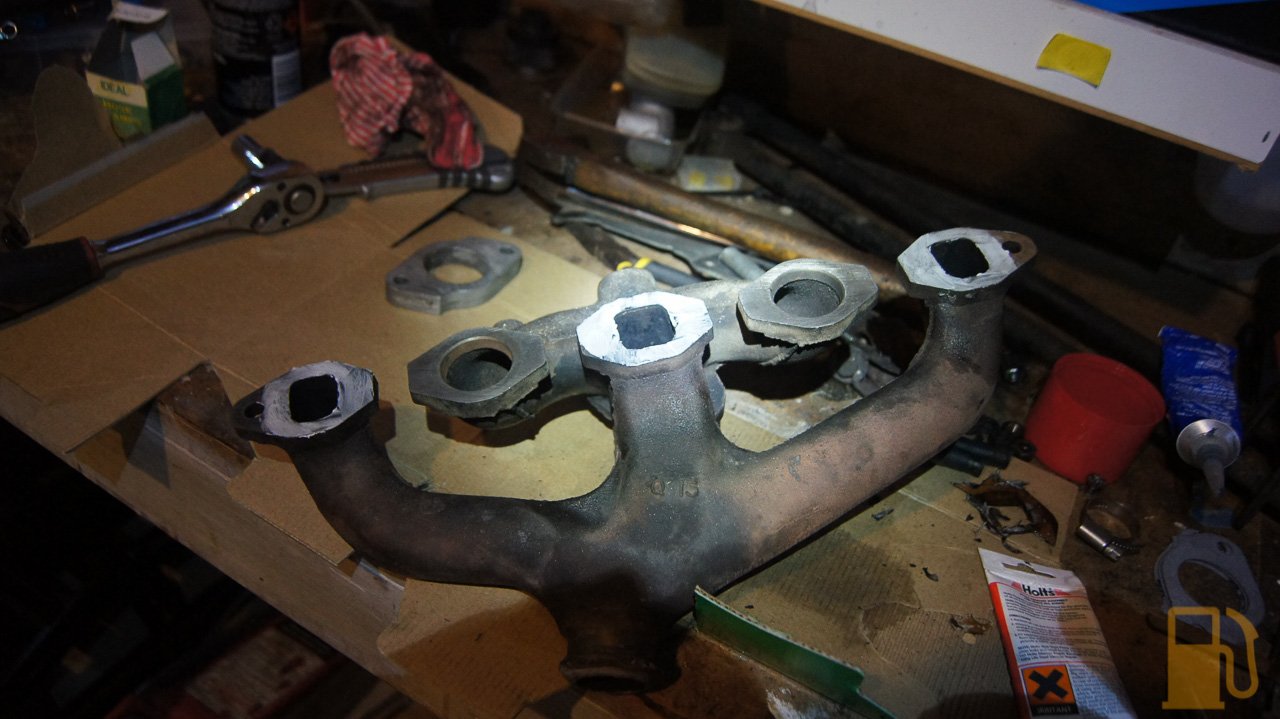
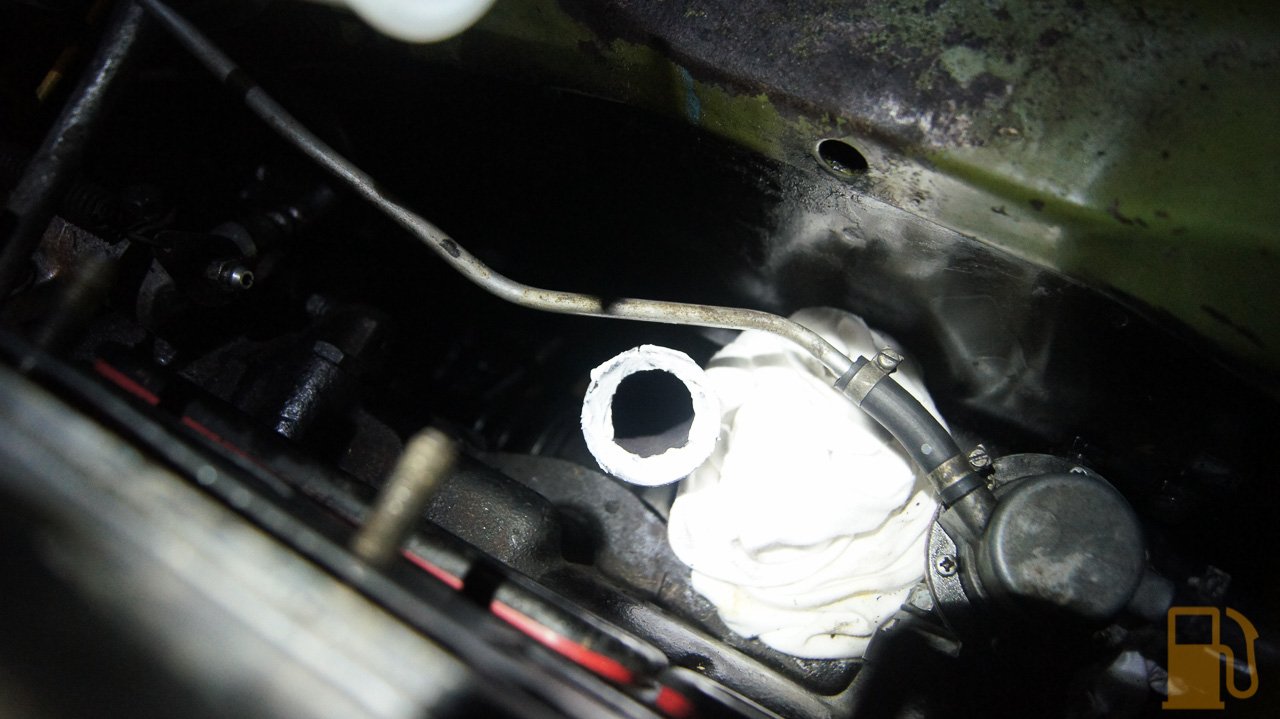
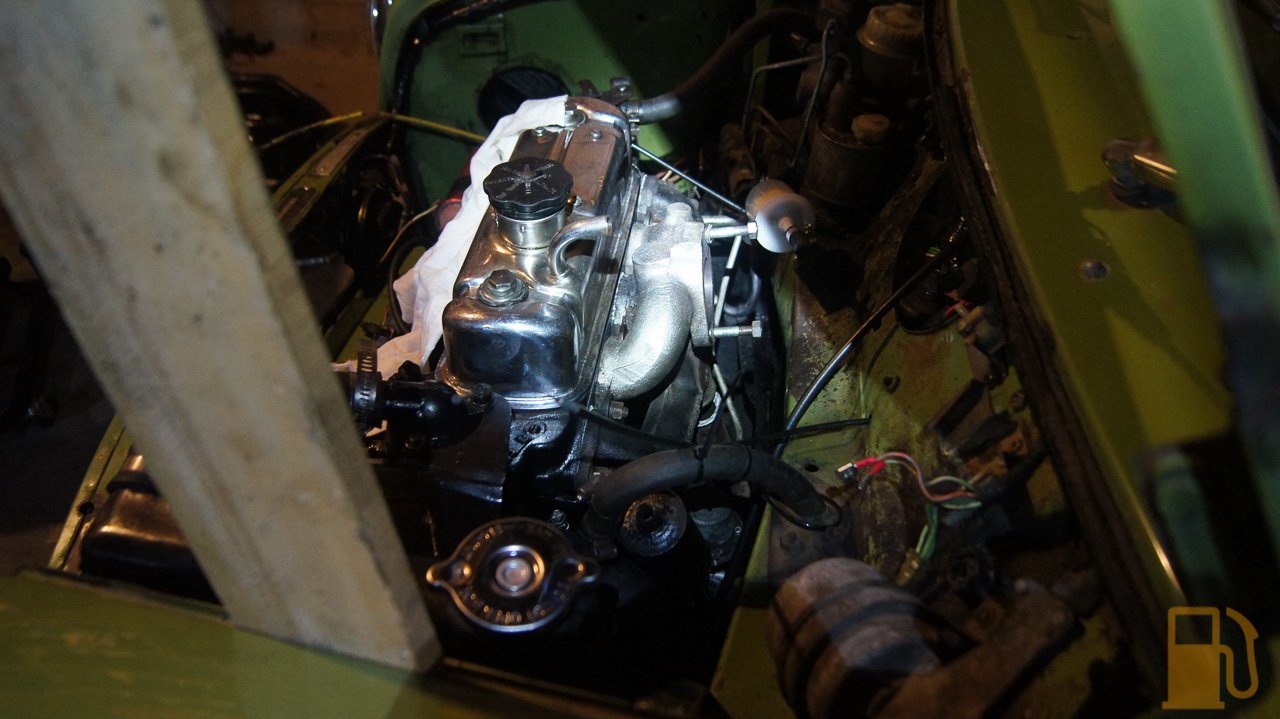
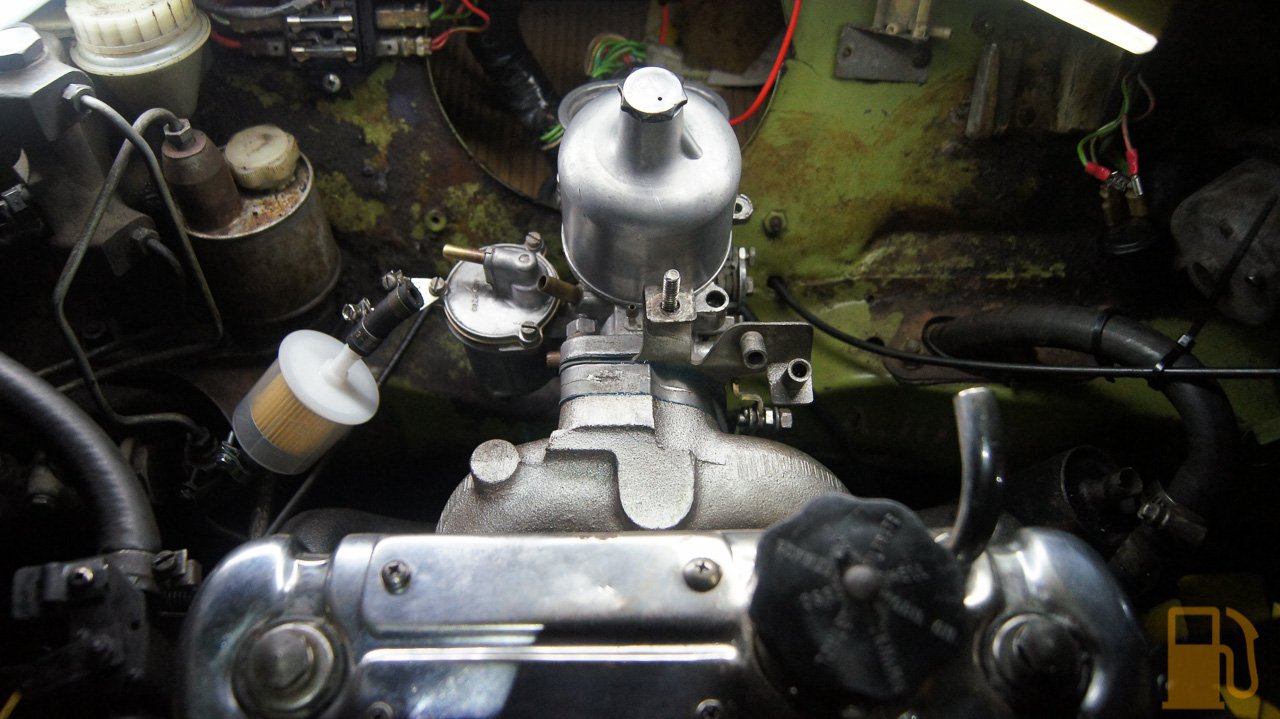

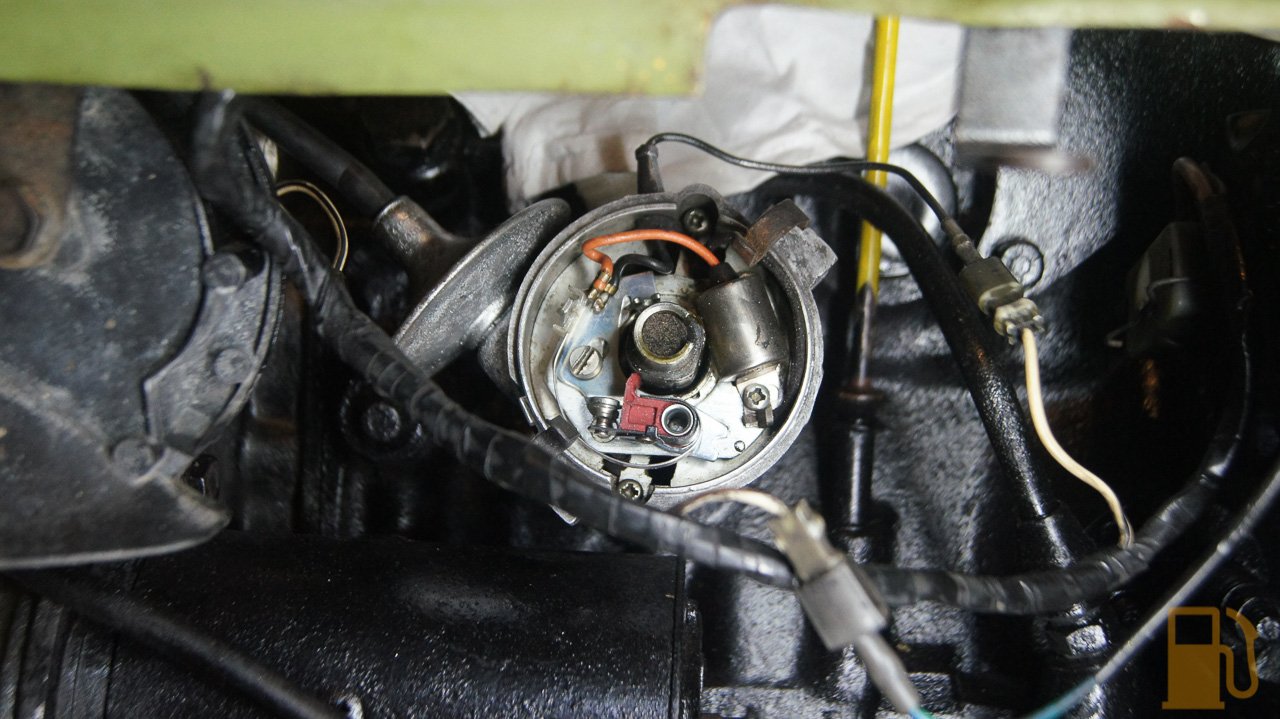
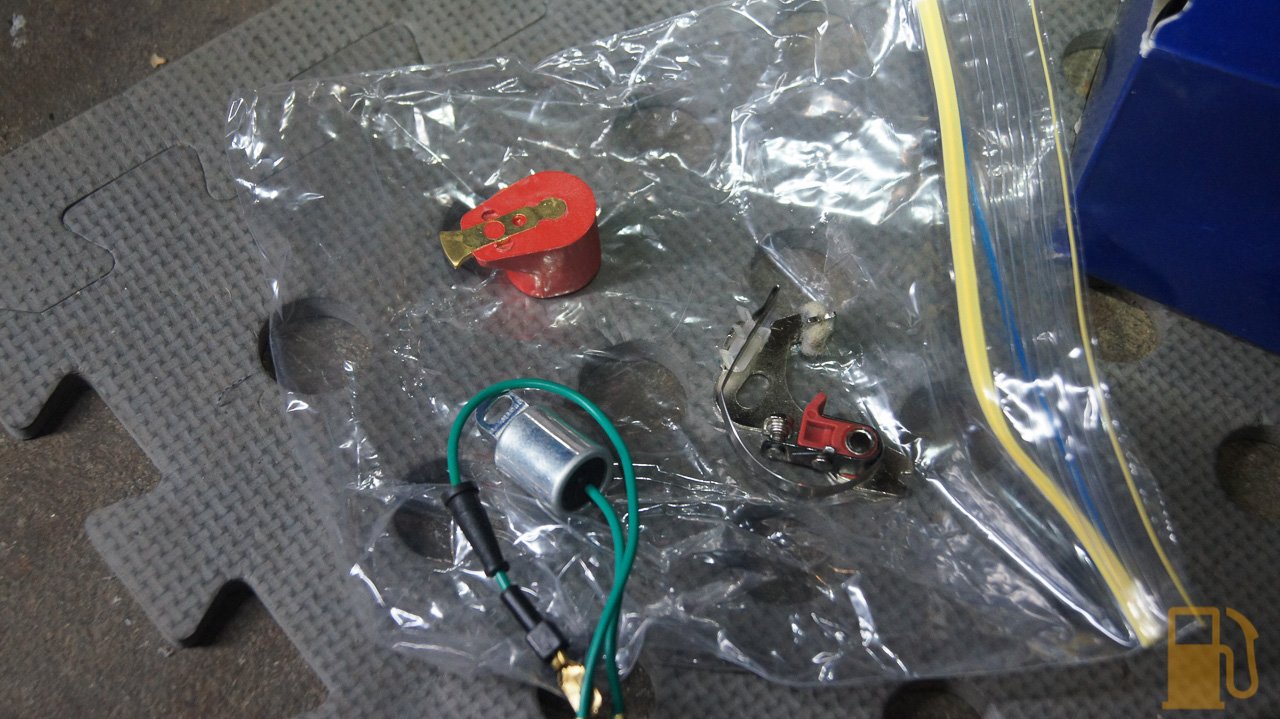
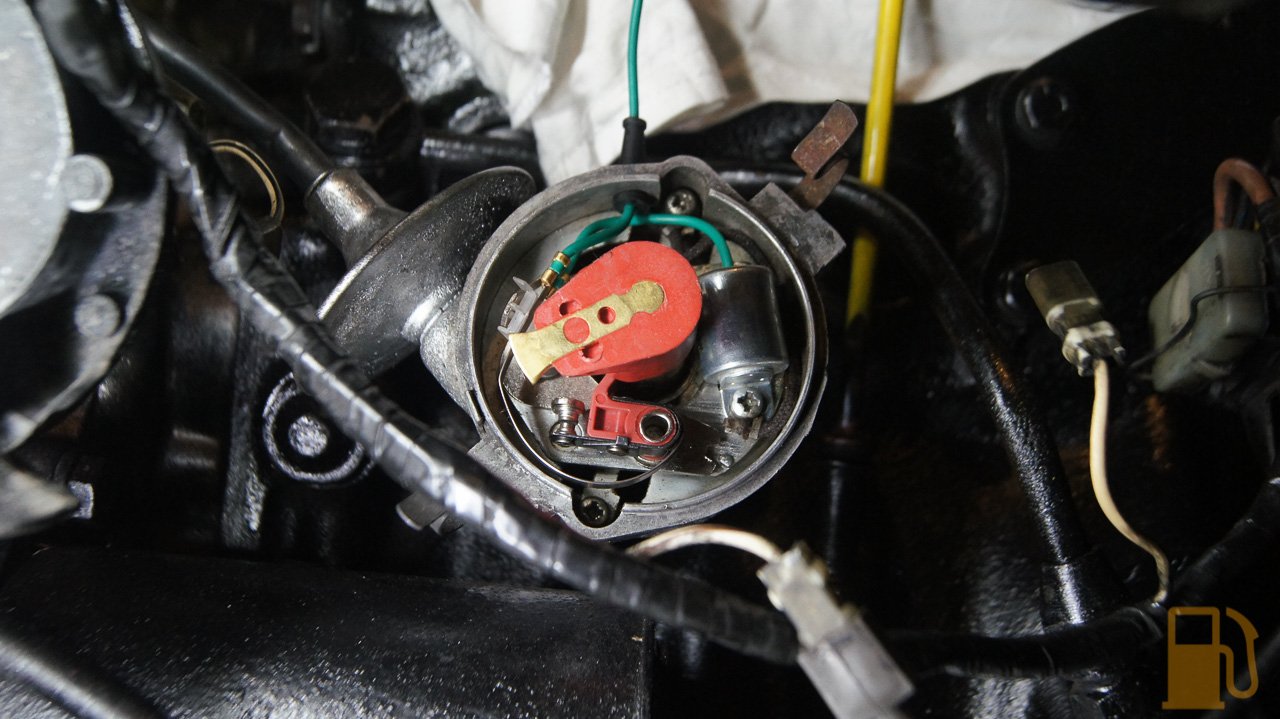



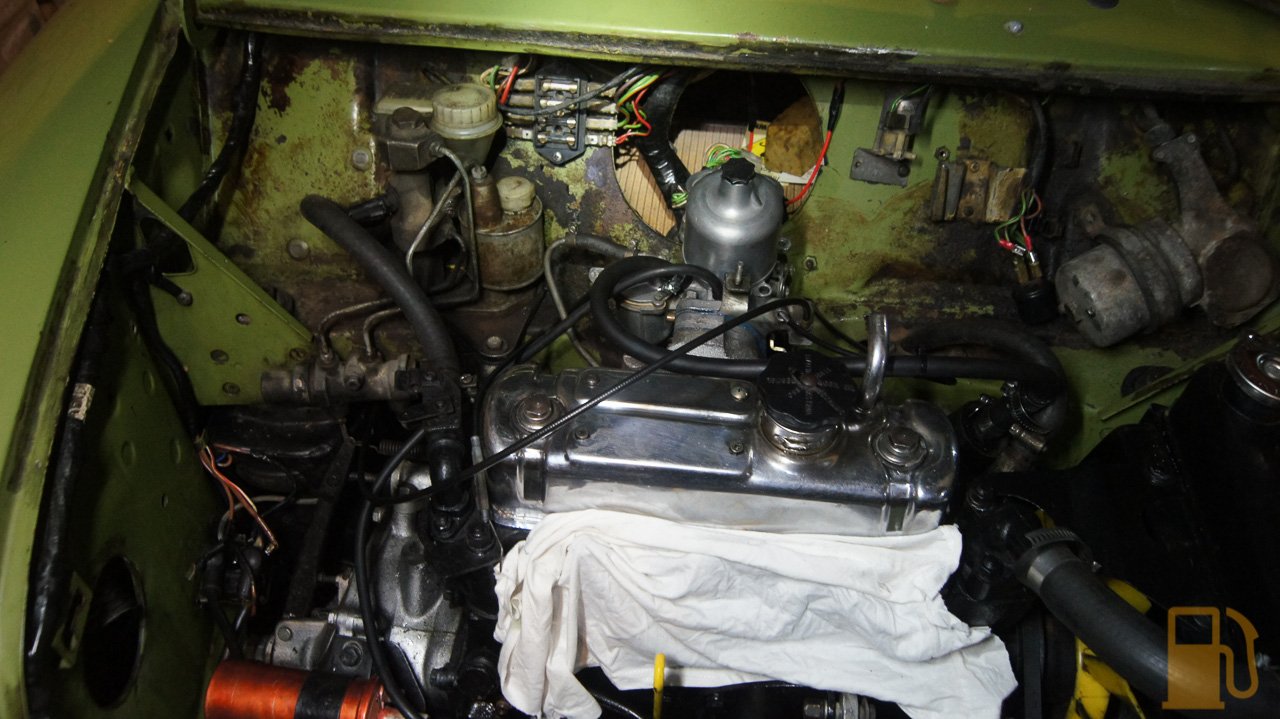

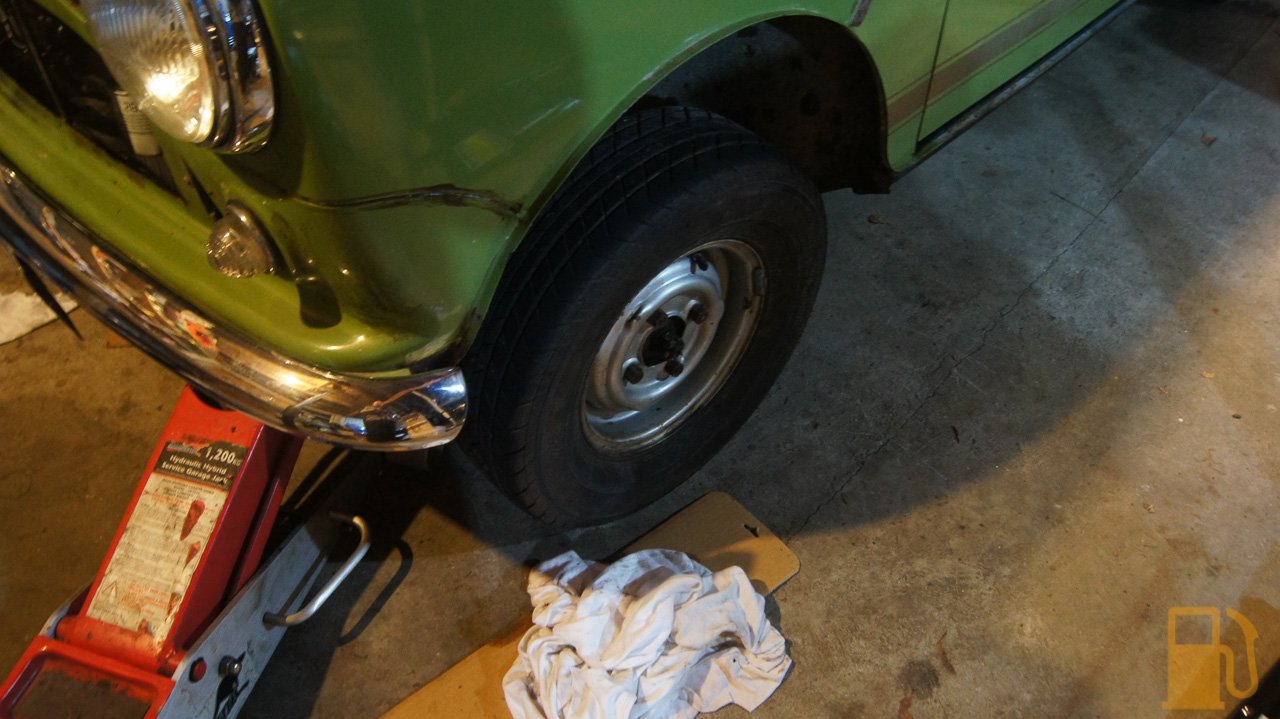
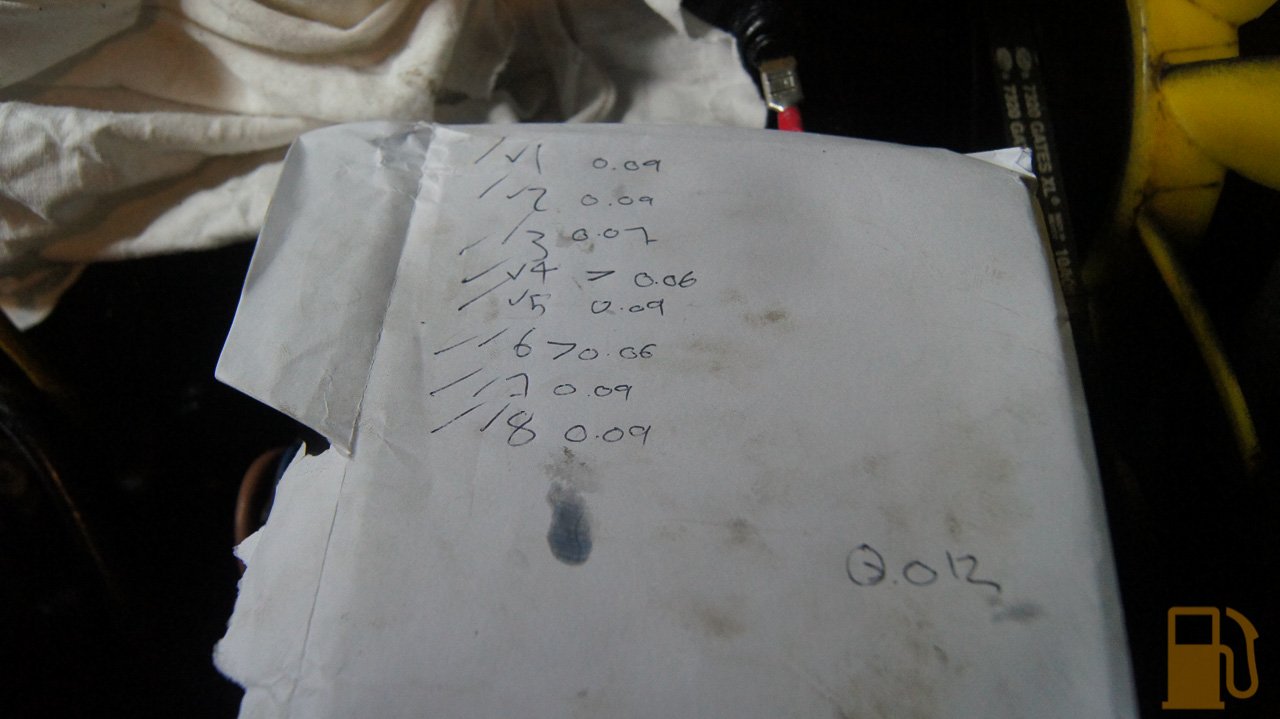


![]()
![]()
![]()
![]()
![]()





